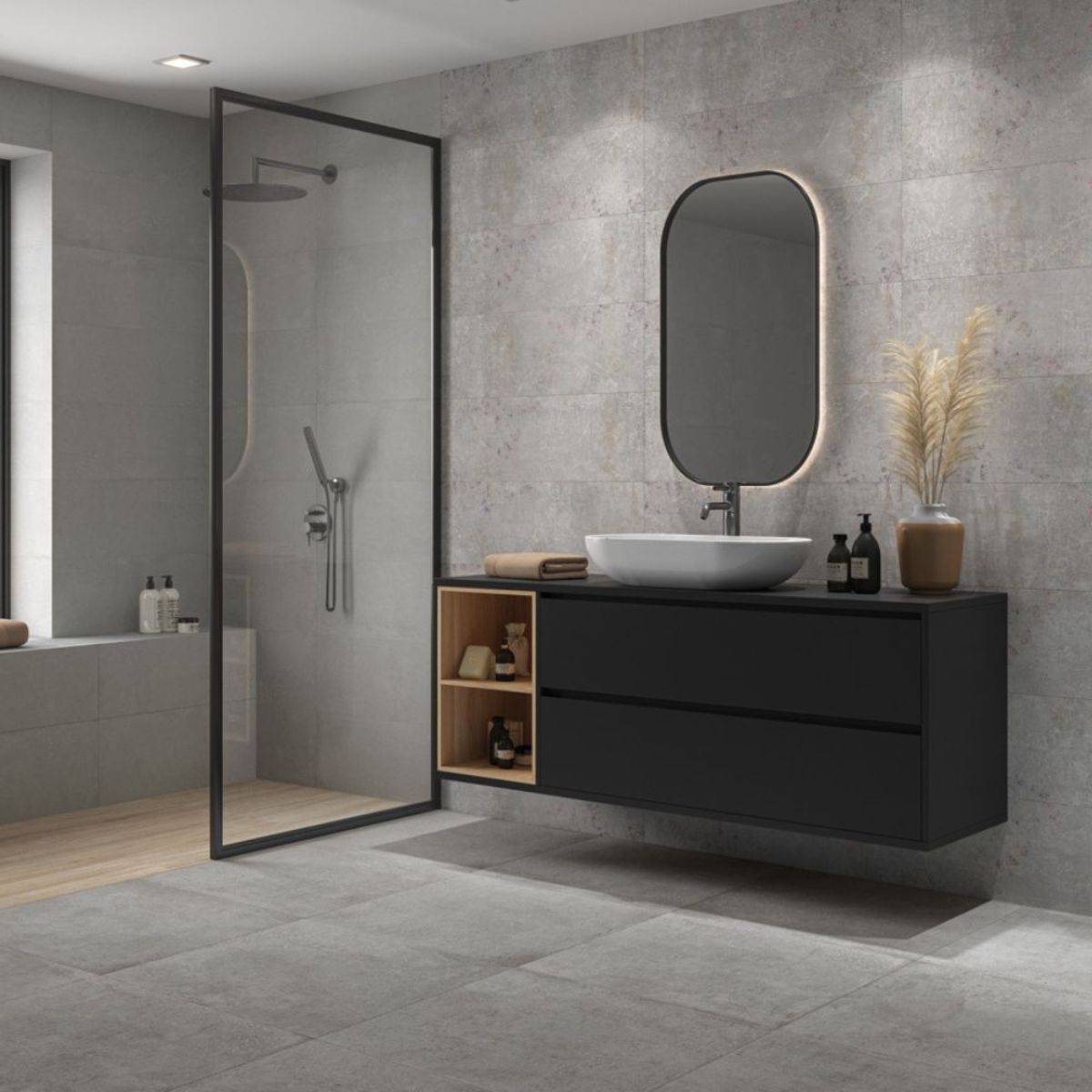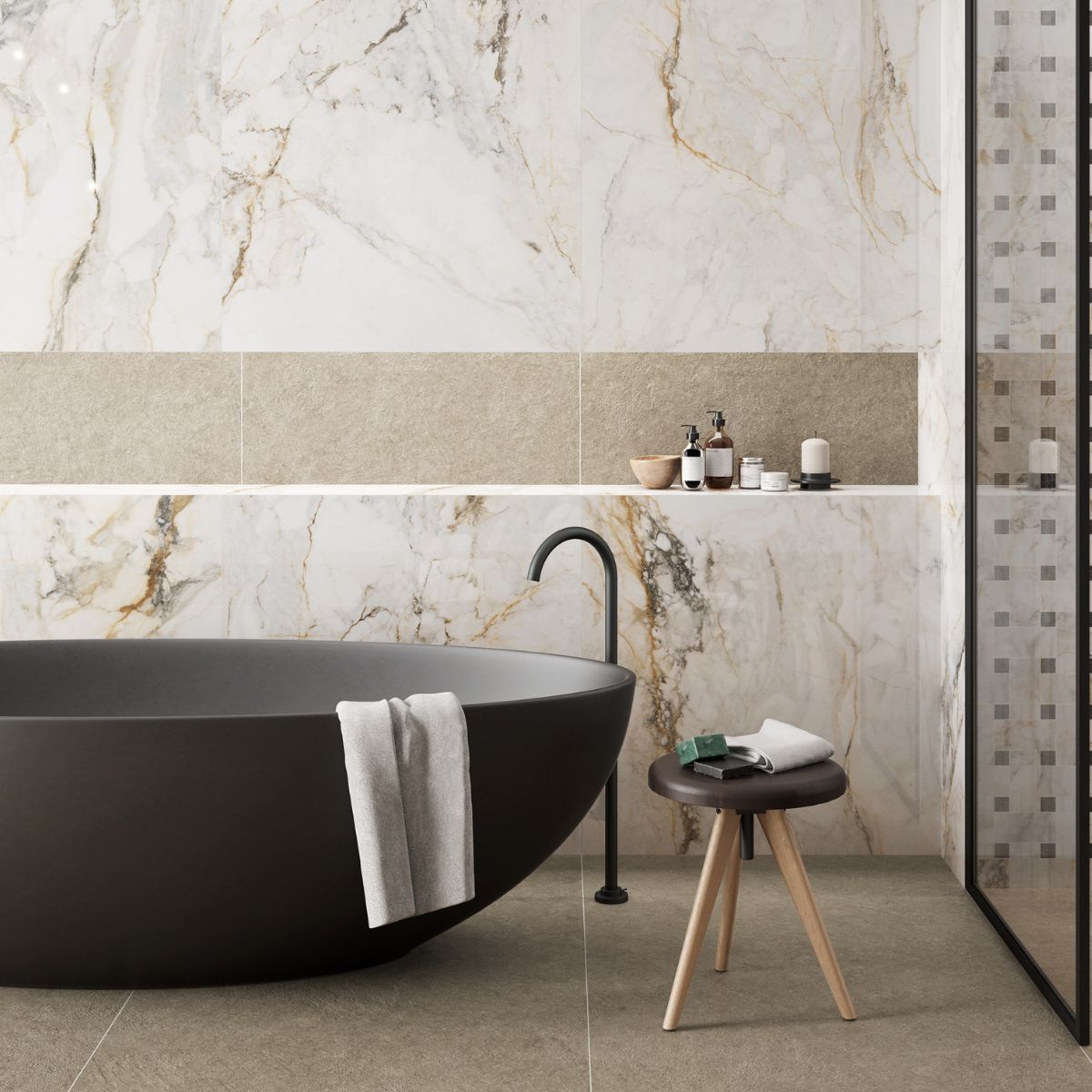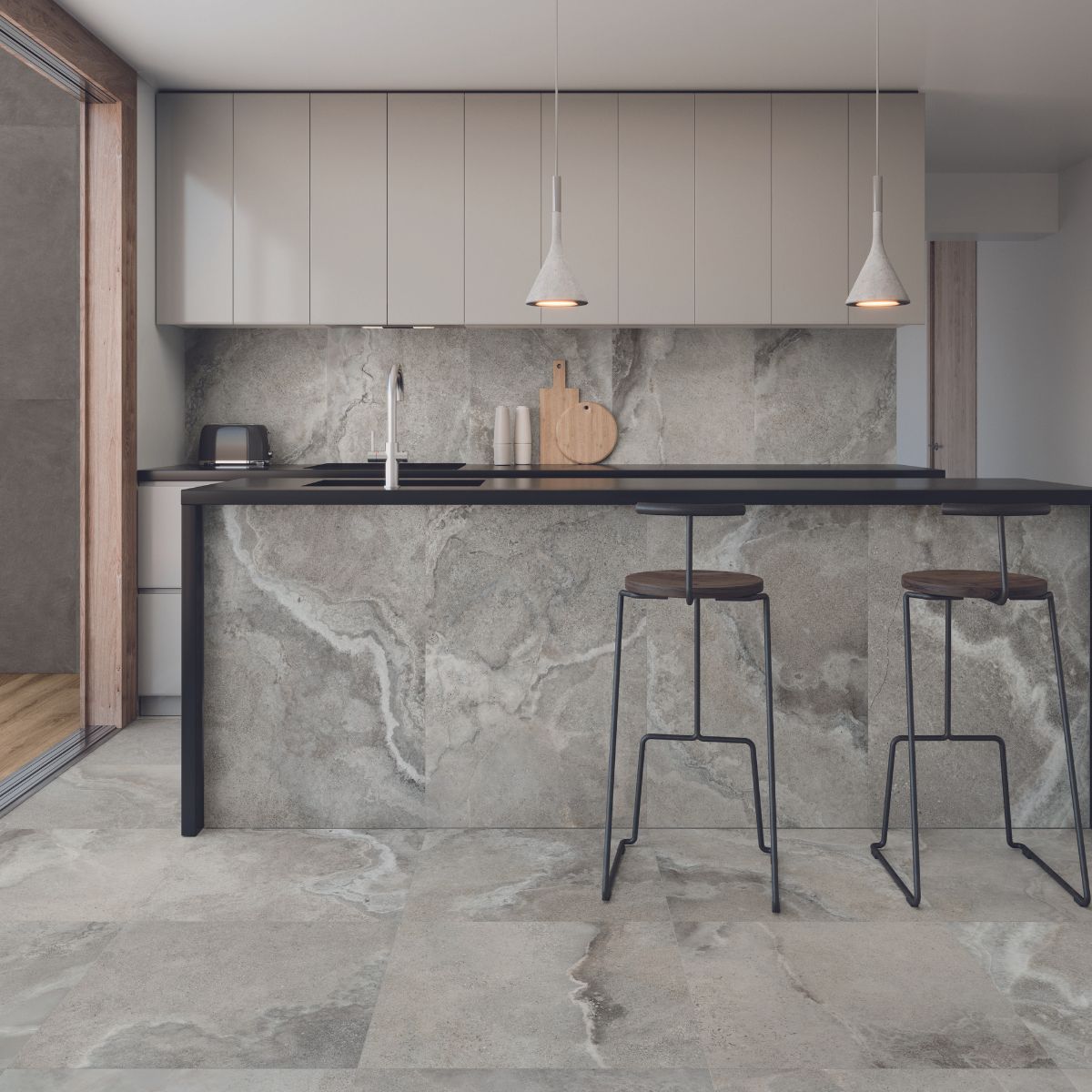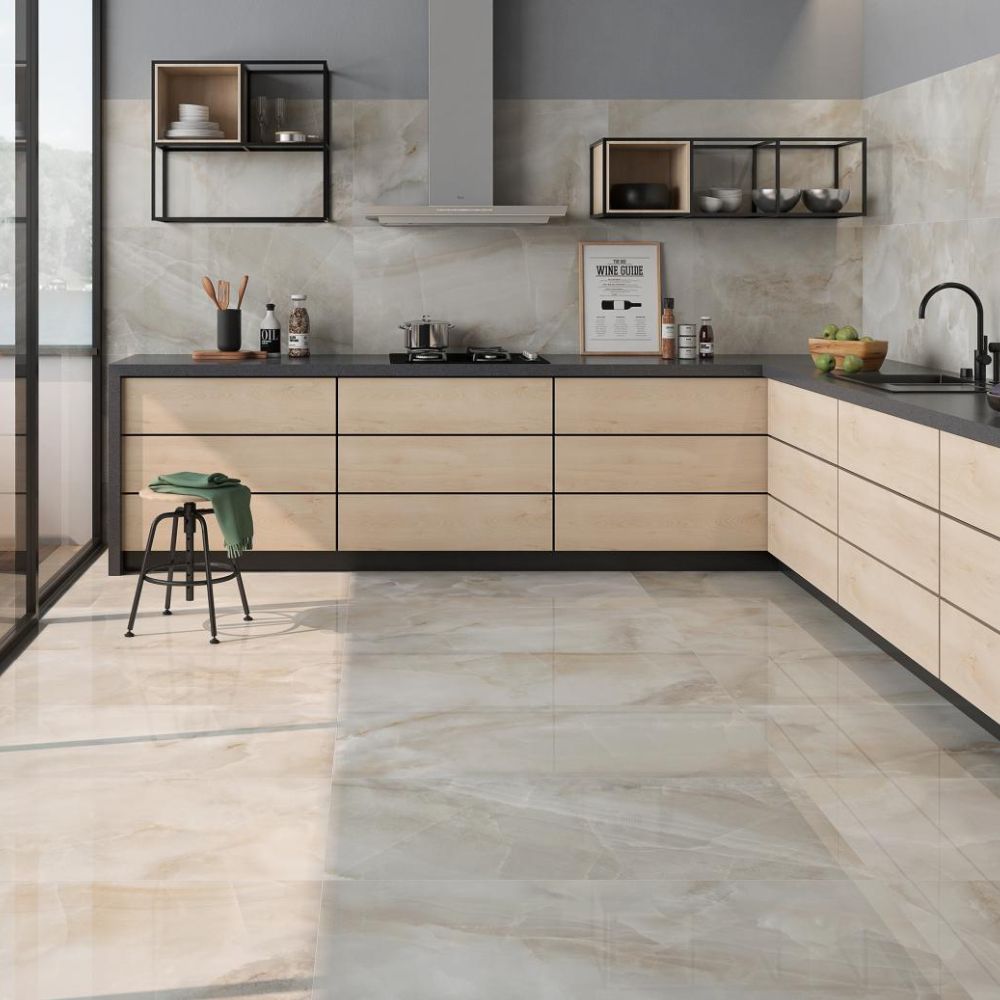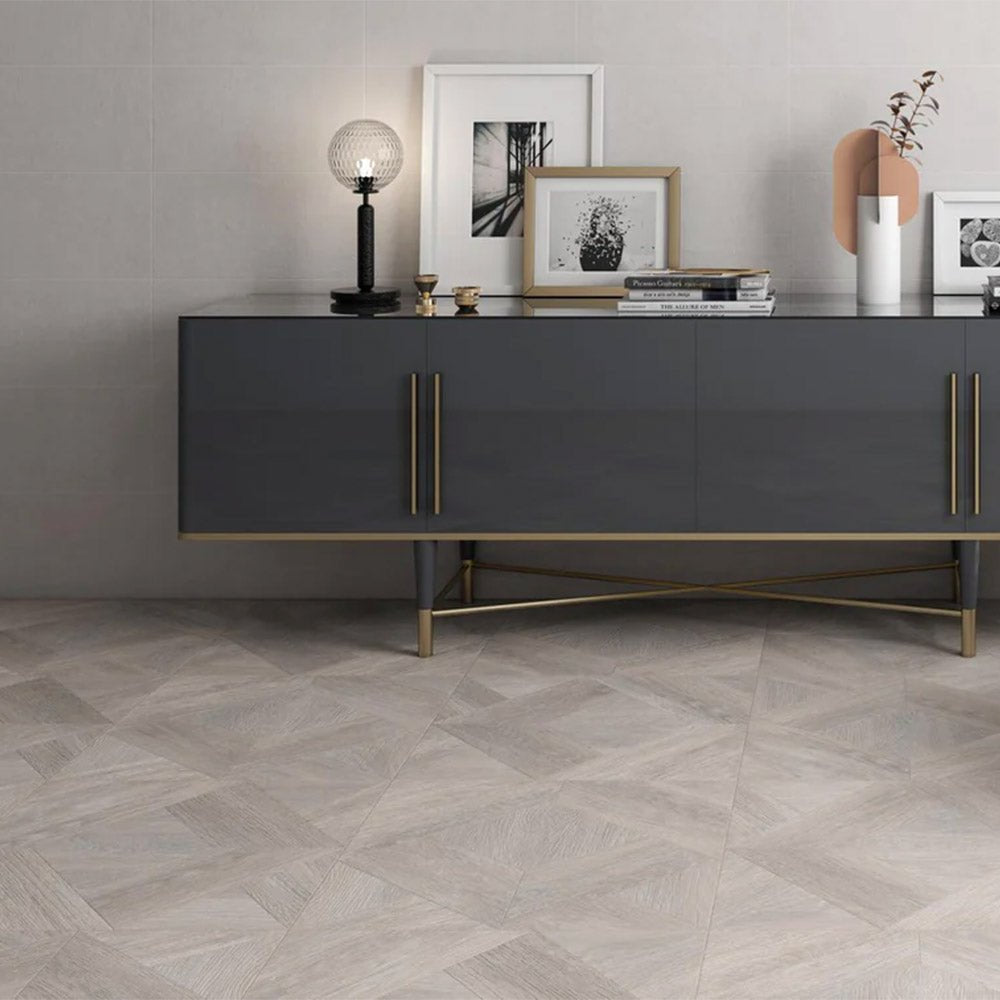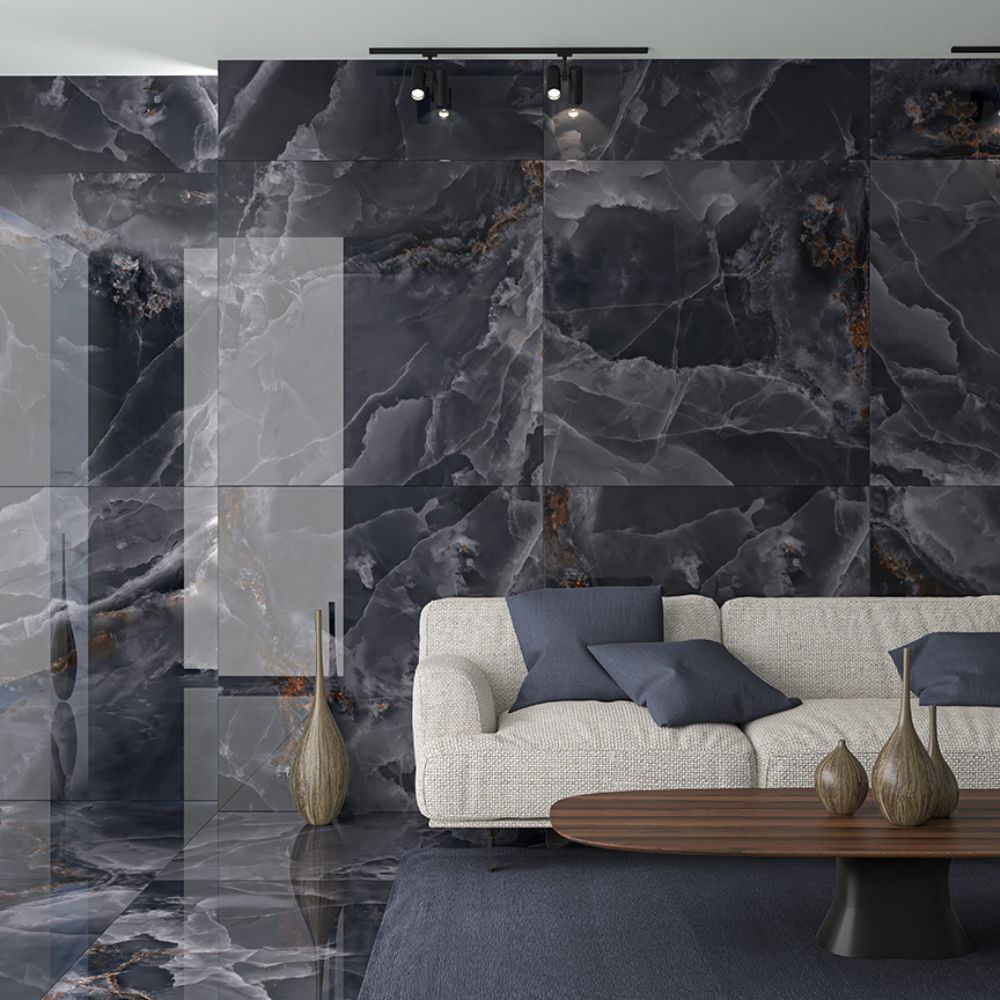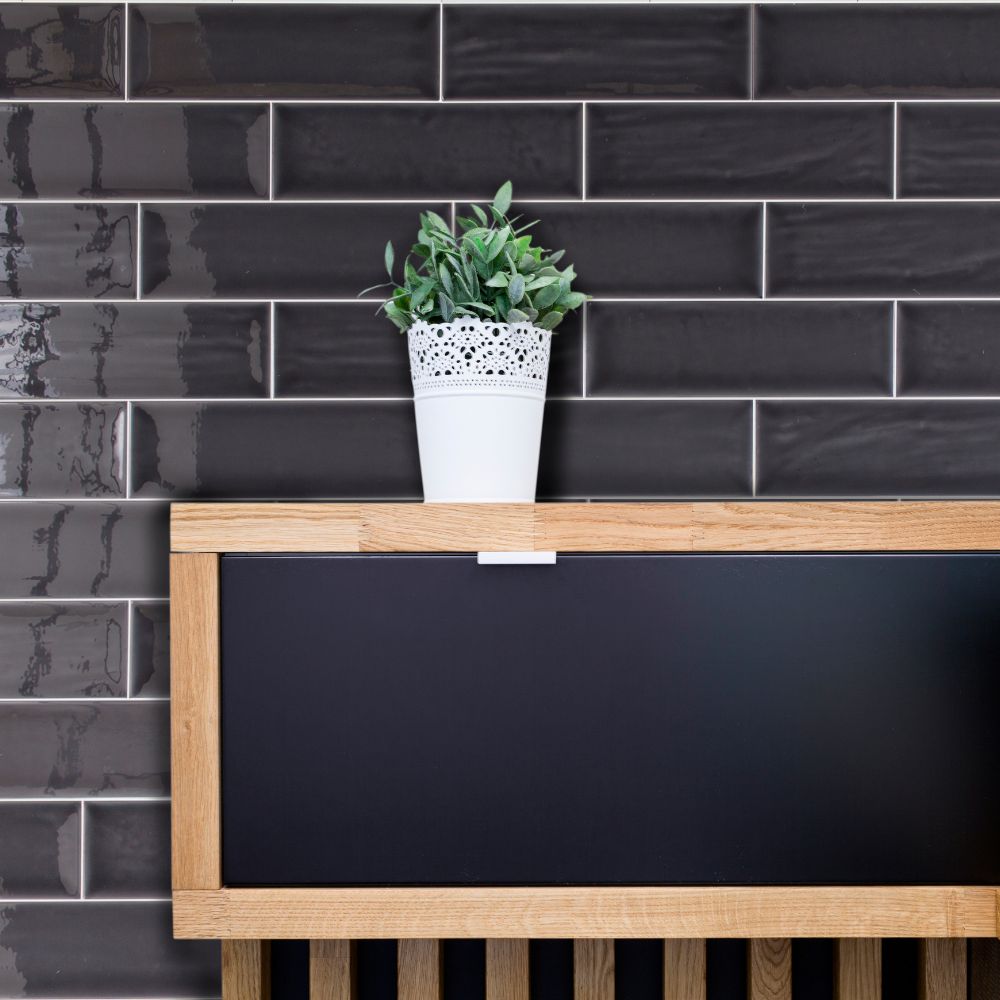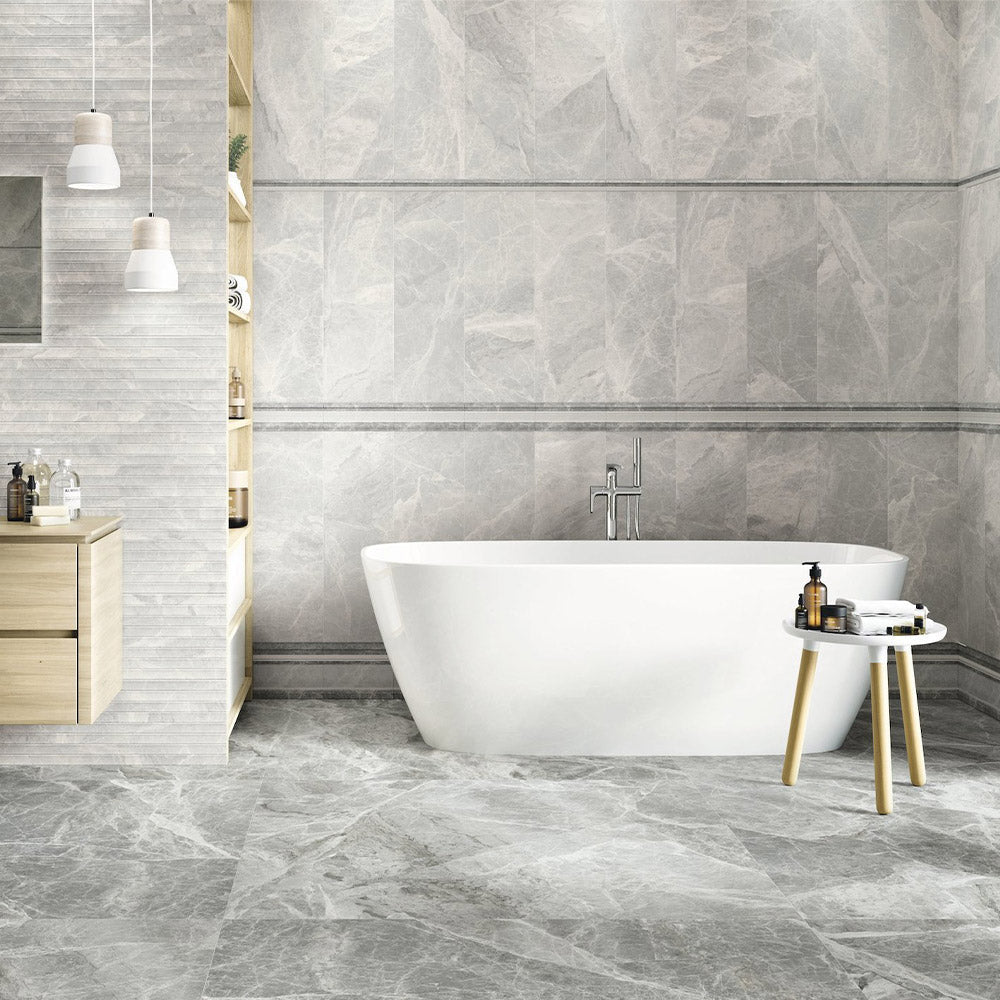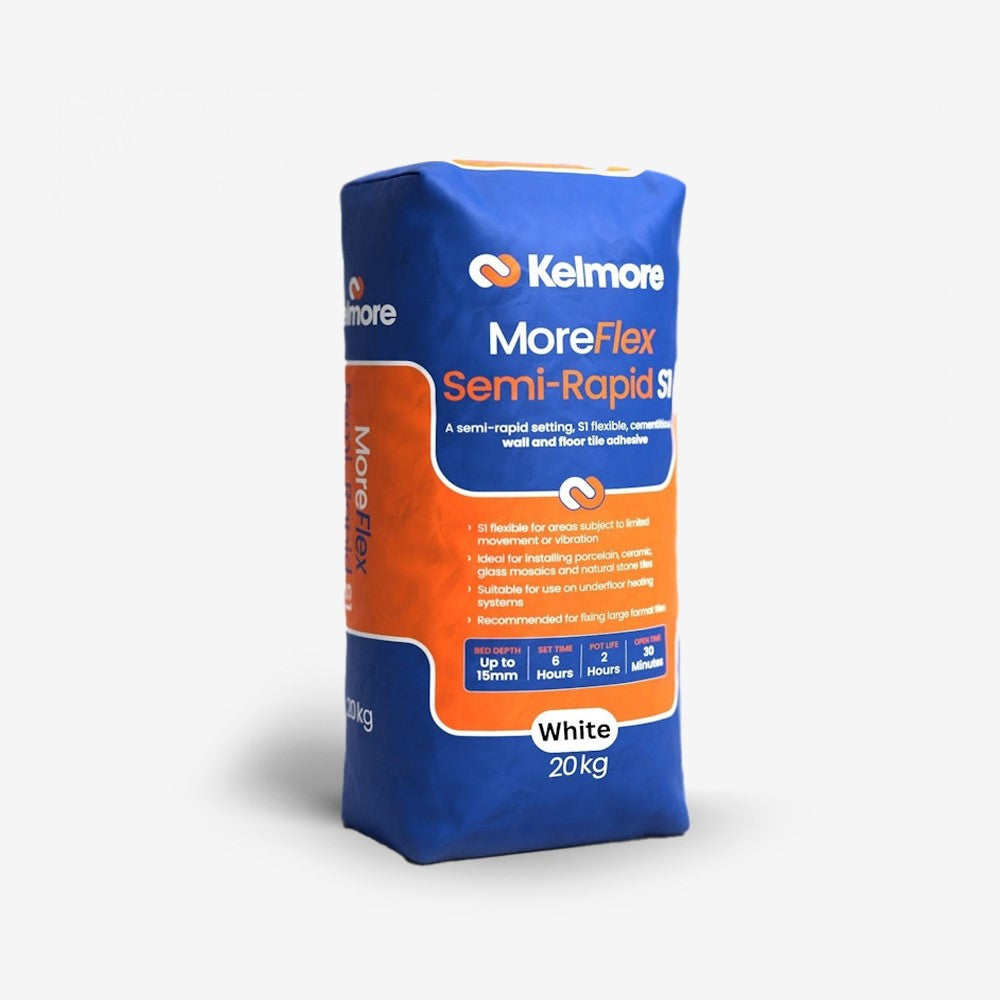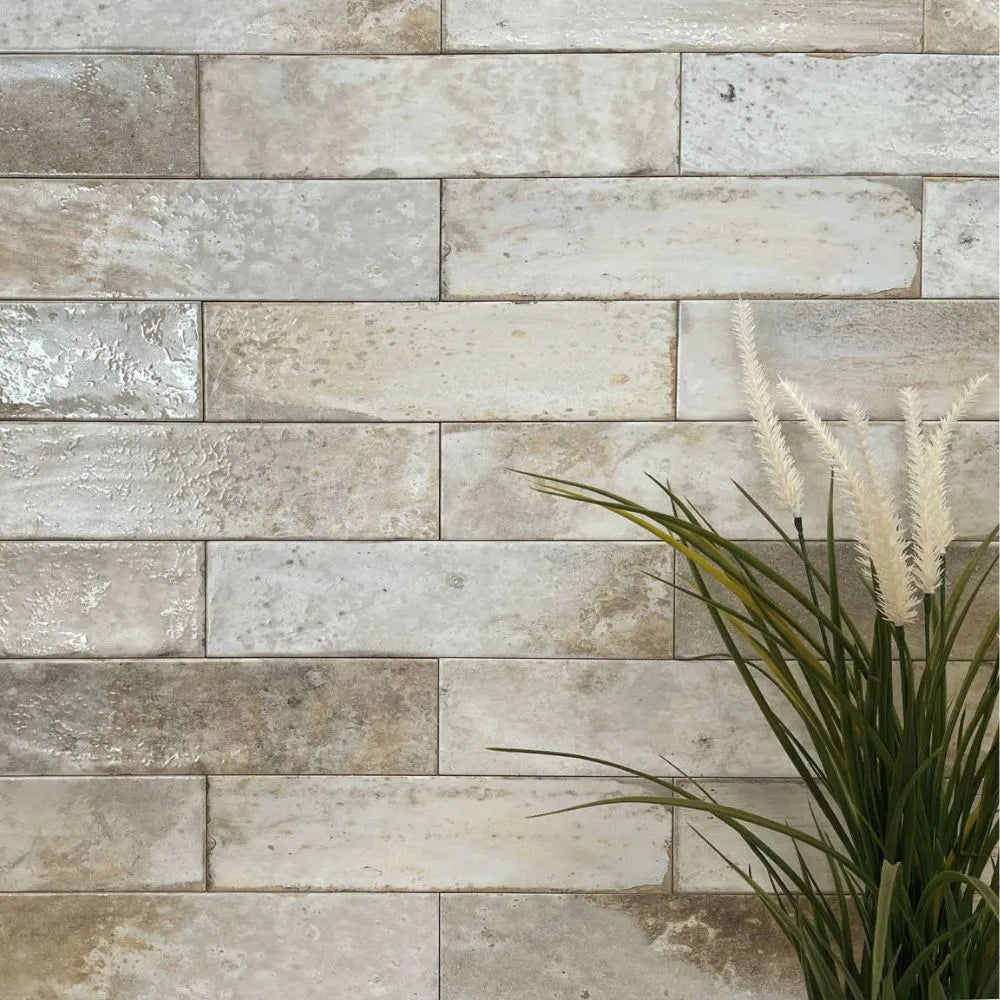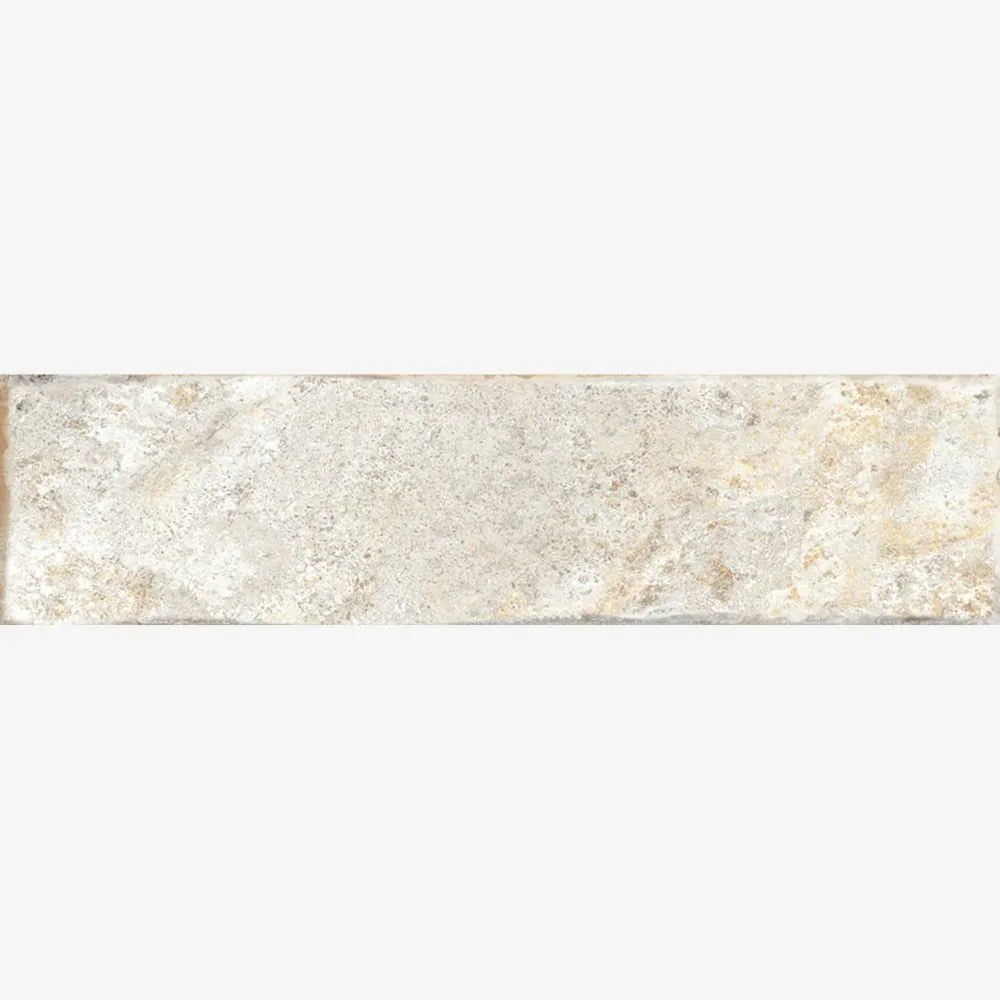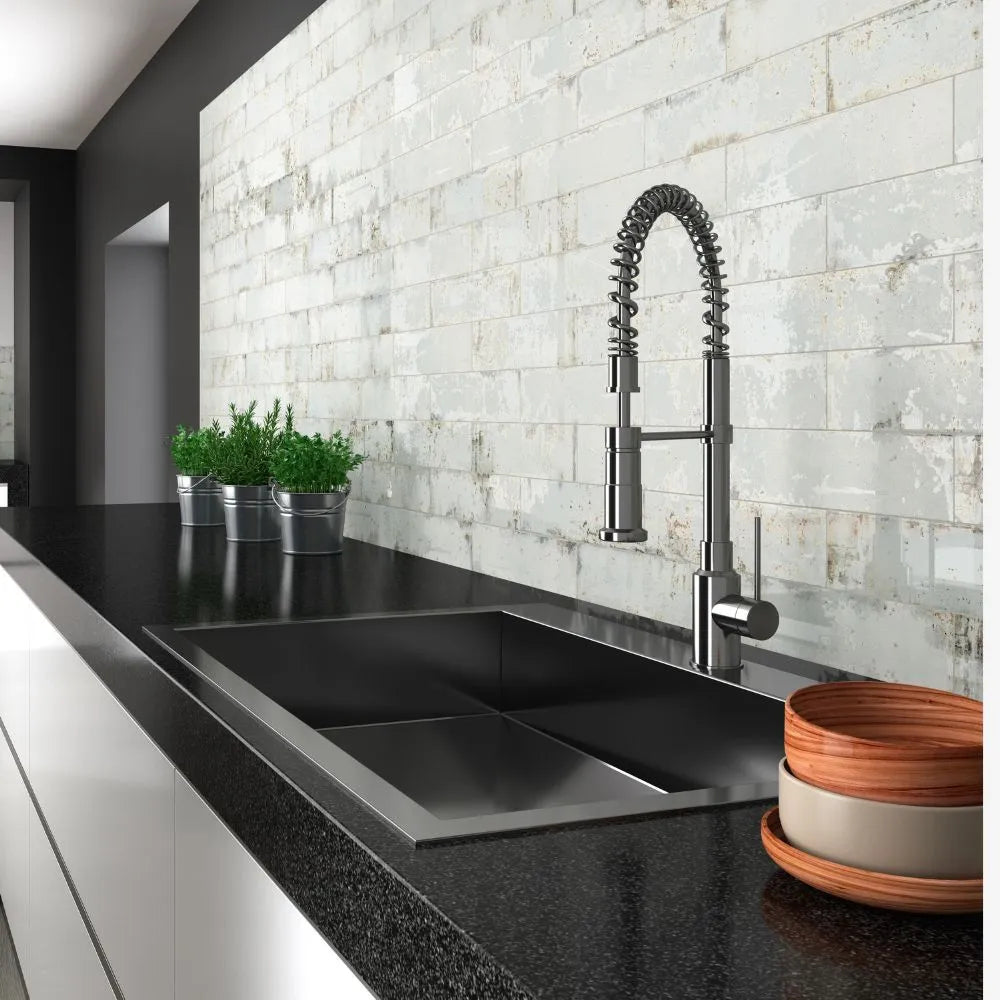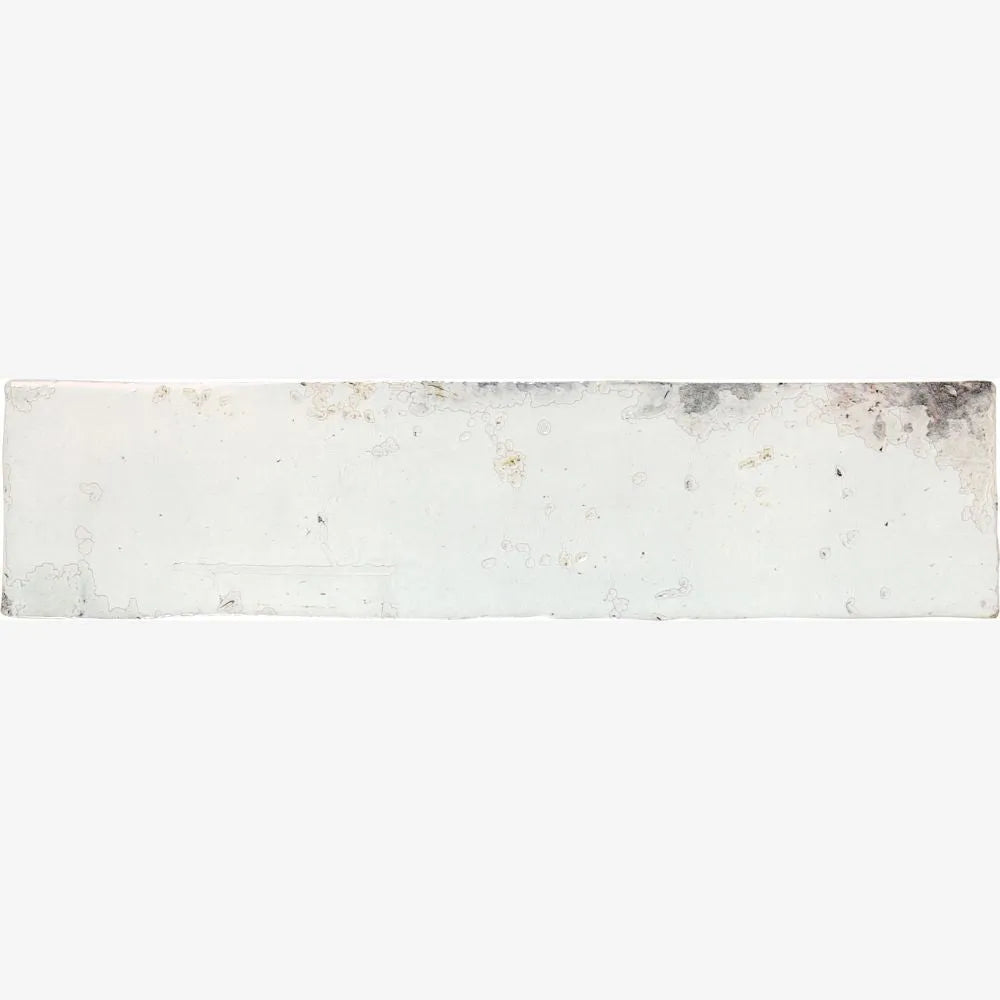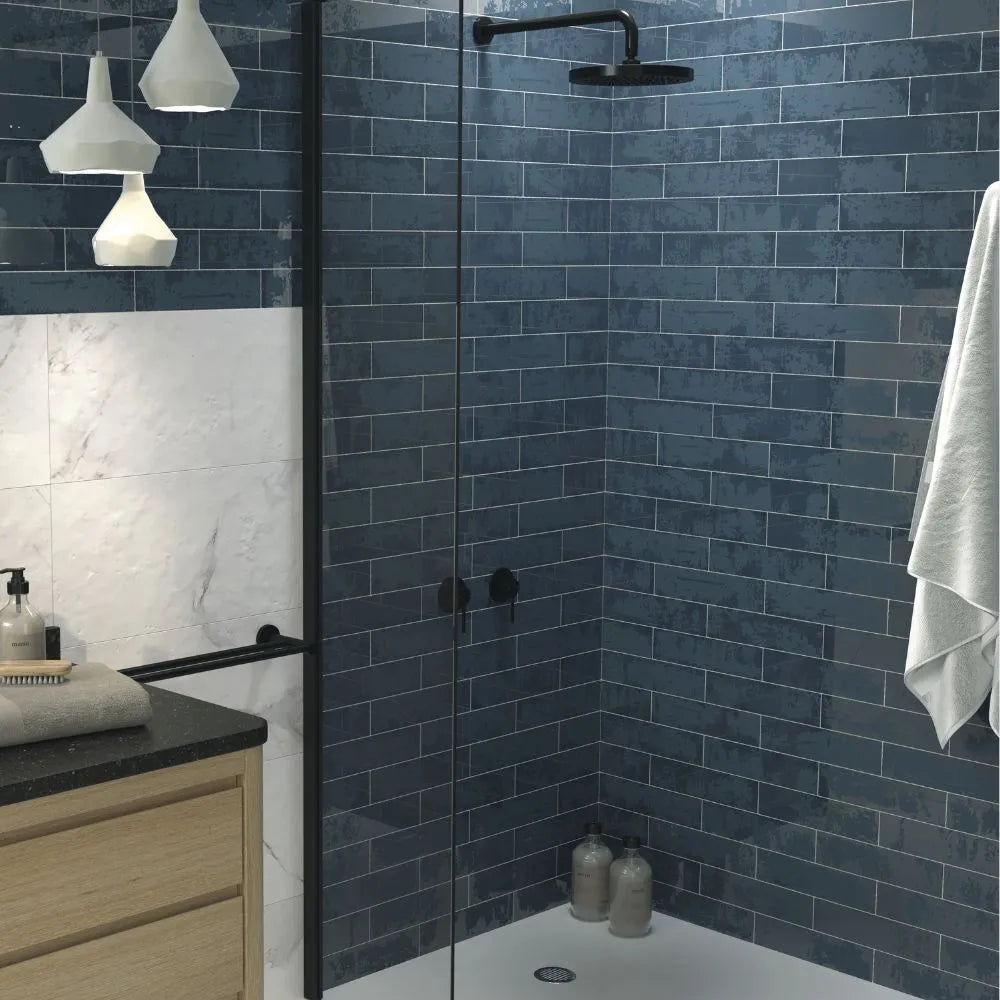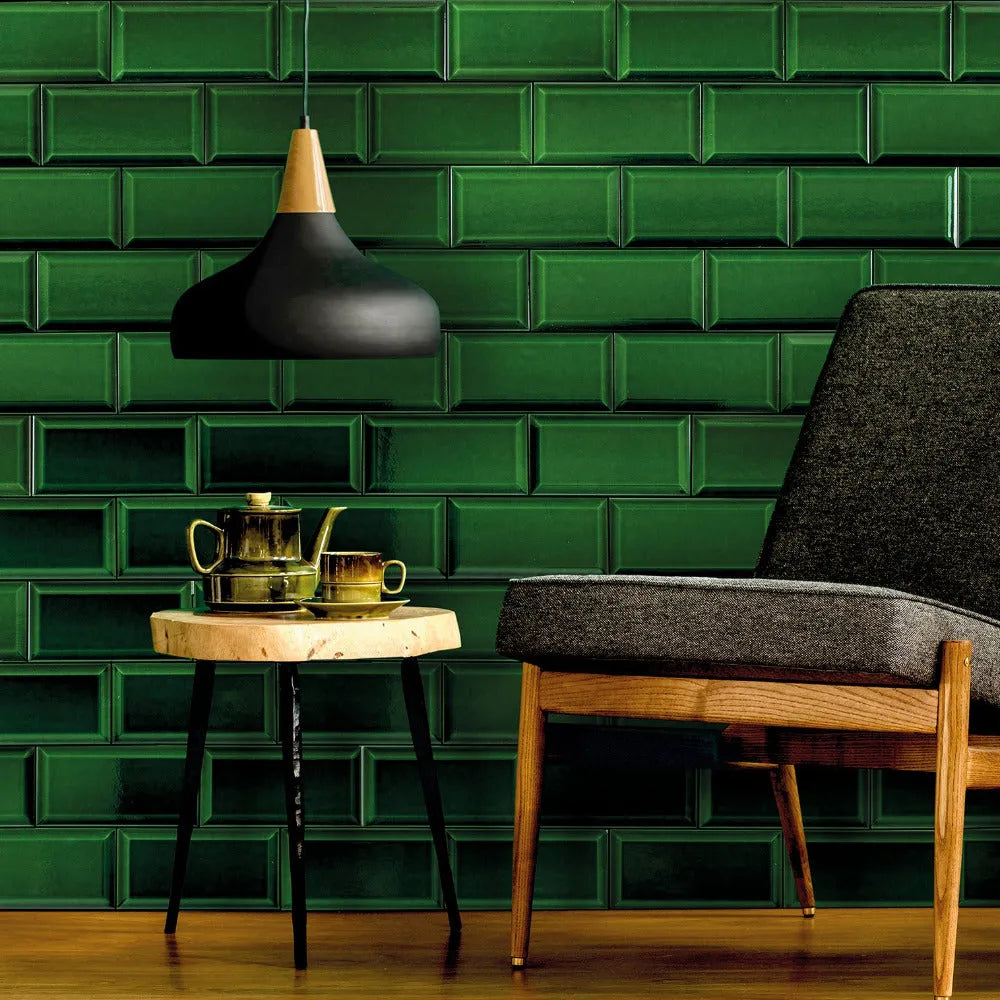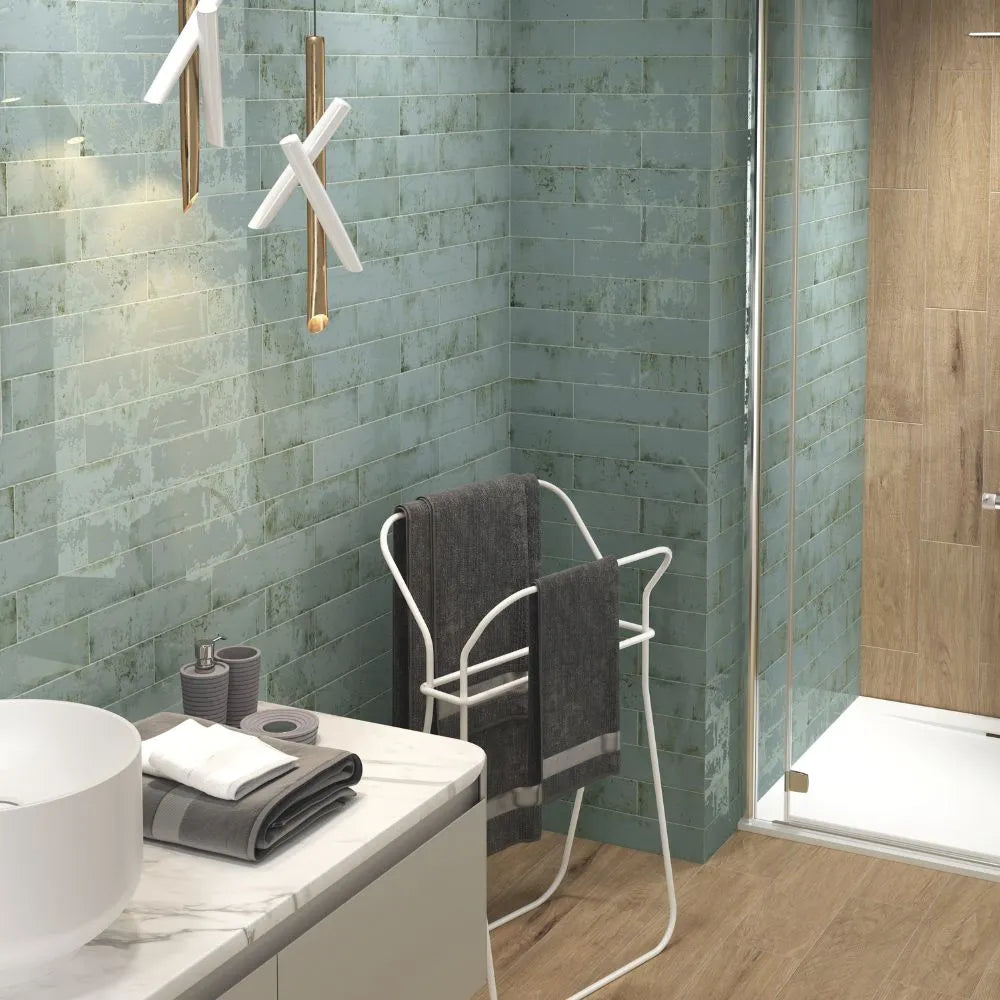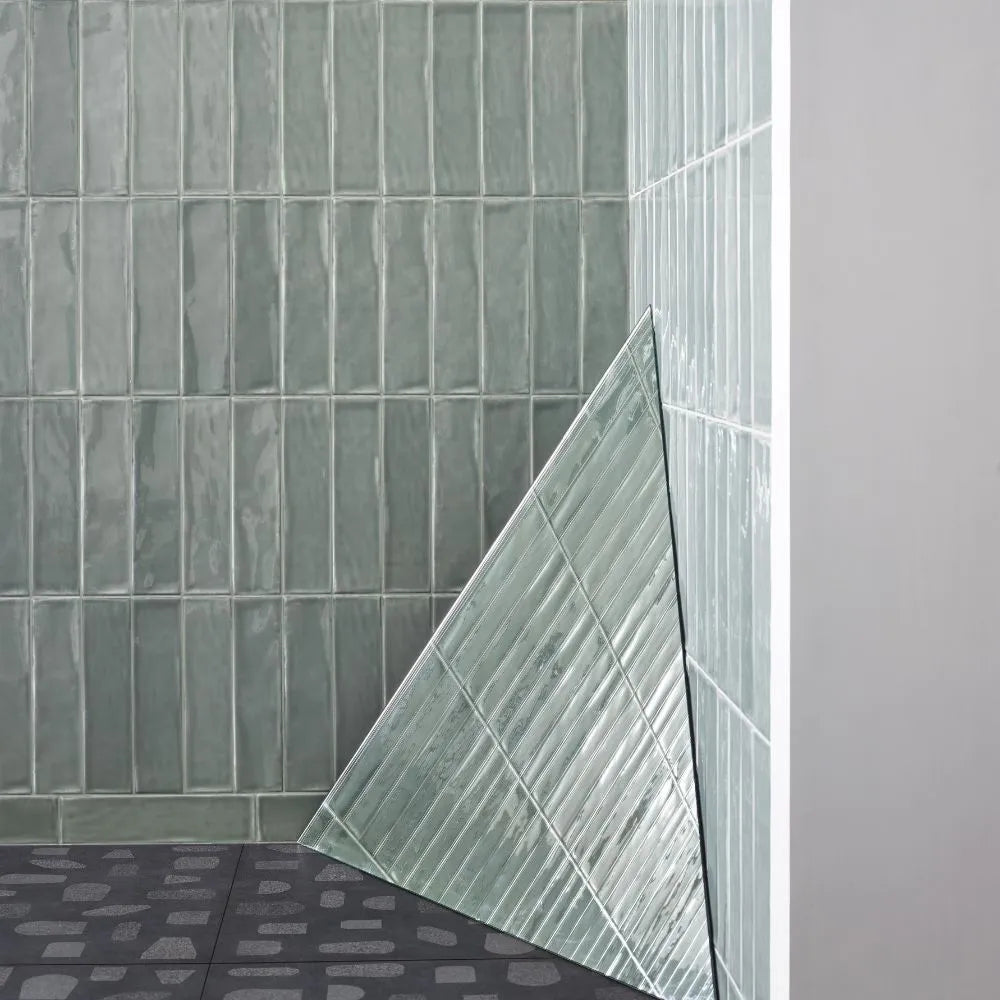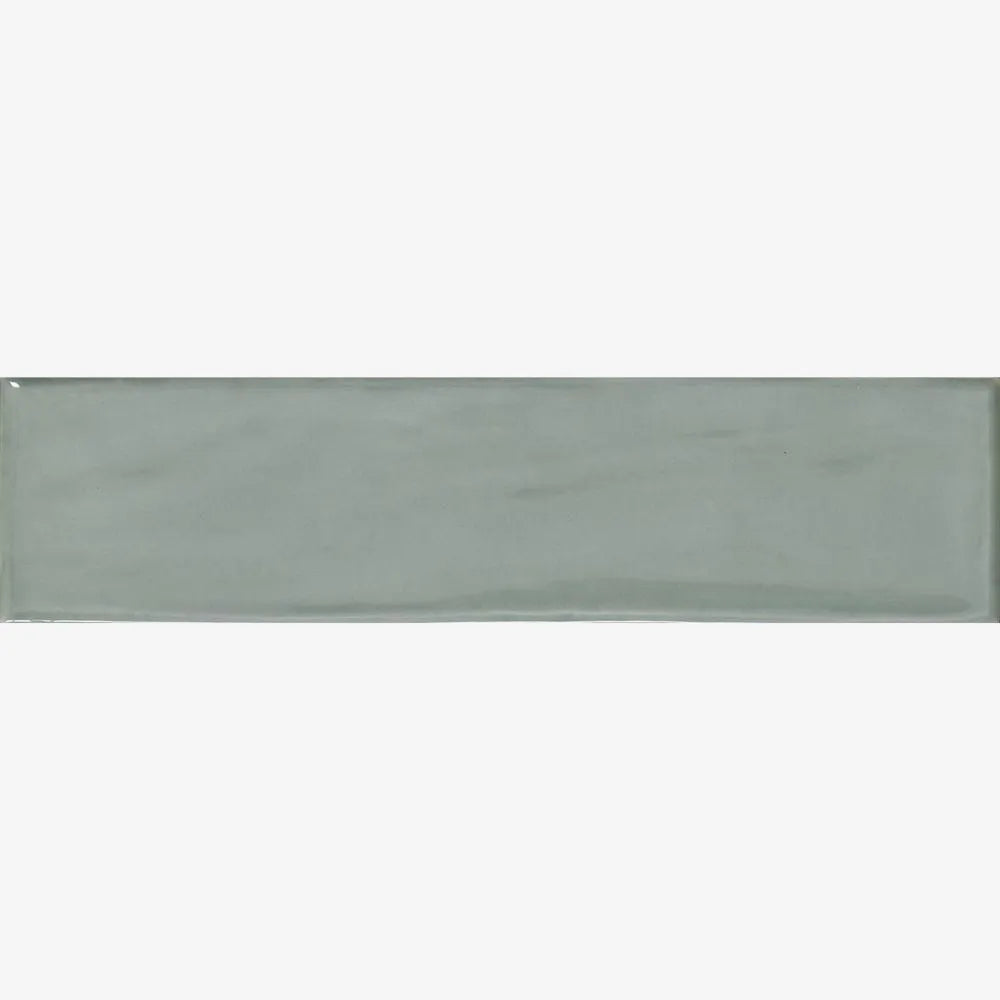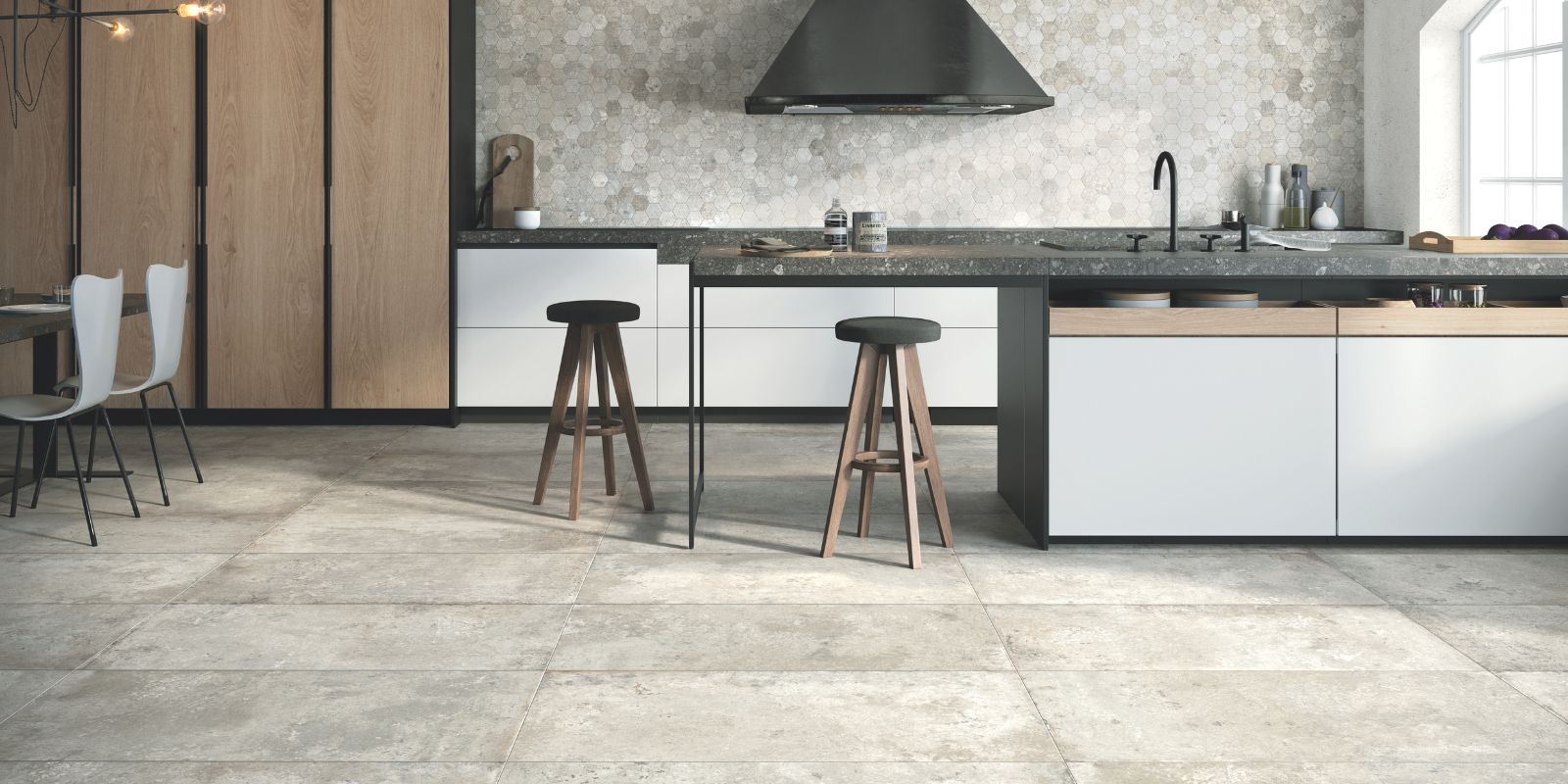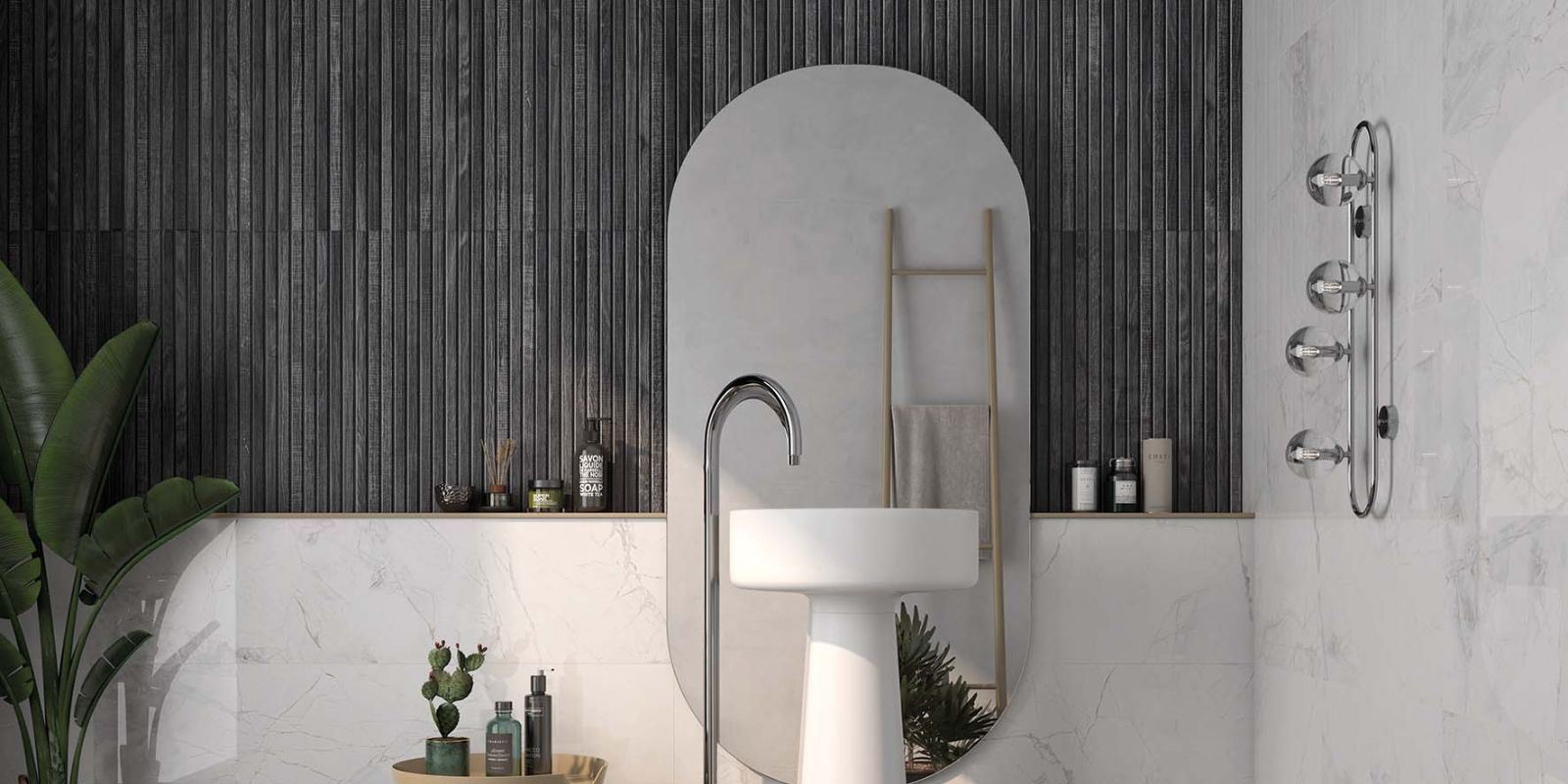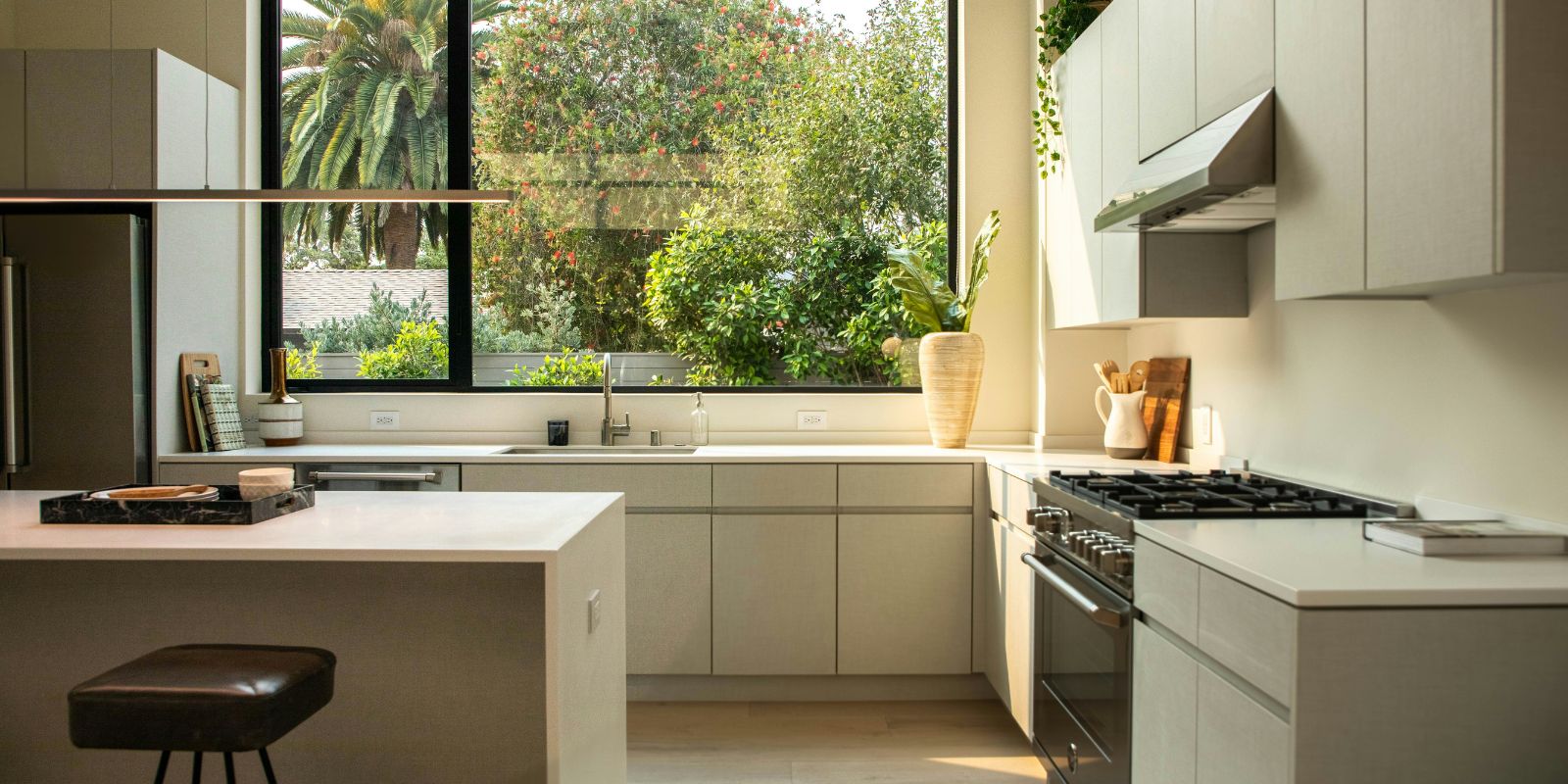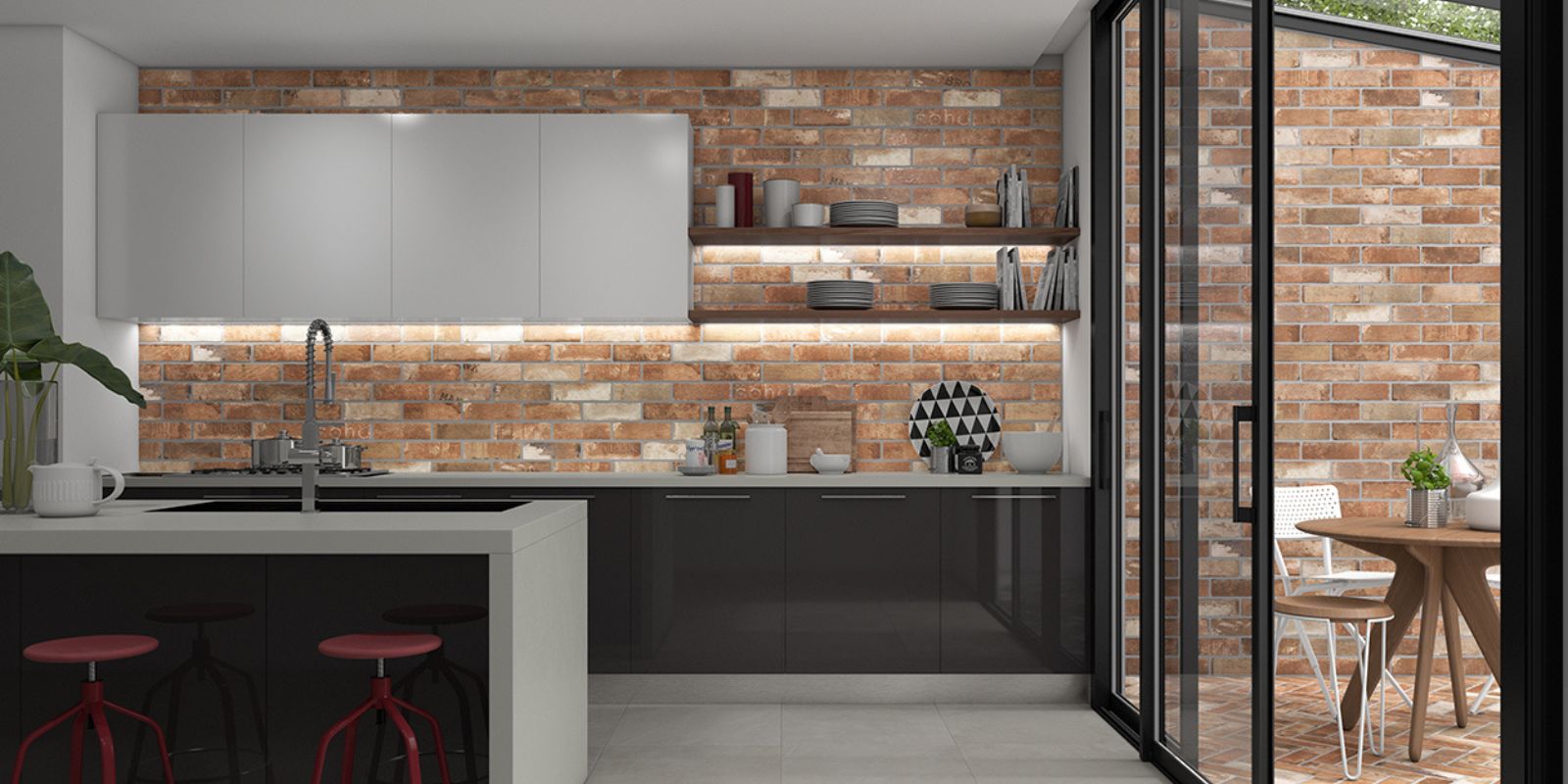
Brick Effect Kitchen Tile: Transform Your Culinary Space with Timeless Style
Brick Effect Kitchen Tile: Transform Your Culinary Space with Timeless Style
The charm of exposed brick has captivated homeowners for decades, bringing warmth, character, and industrial sophistication to interior spaces. However, achieving this coveted look in your kitchen doesn’t require the expense, mess, or structural complications of real brickwork. Enter brick effect kitchen tiles—the perfect solution that delivers authentic brick aesthetics with modern practicality and endless design possibilities.
These innovative tiles offer the best of both worlds: the timeless appeal of traditional brickwork combined with the durability, ease of maintenance, and installation flexibility that today’s busy homeowners demand. Whether you’re planning a complete kitchen renovation or simply looking to add character to your culinary space, brick effect kitchen tiles provide a versatile, cost-effective way to create stunning visual impact.
Key Takeaways
- Brick effect kitchen tiles provide an authentic exposed brick look without the cost and mess of real brickwork
- Available in porcelain and ceramic with the tiles usually being in a metro form factor
- Popular finishes include matt, polished, and textured surfaces in colours like classic red, white, black, copper and rustic tones
- Perfect for kitchen splashbacks, feature walls, and accent areas with easy maintenance and durability
- Installation patterns include herringbone, stacked, offset, and traditional brick bond layouts
What Are Brick Wall Tiles
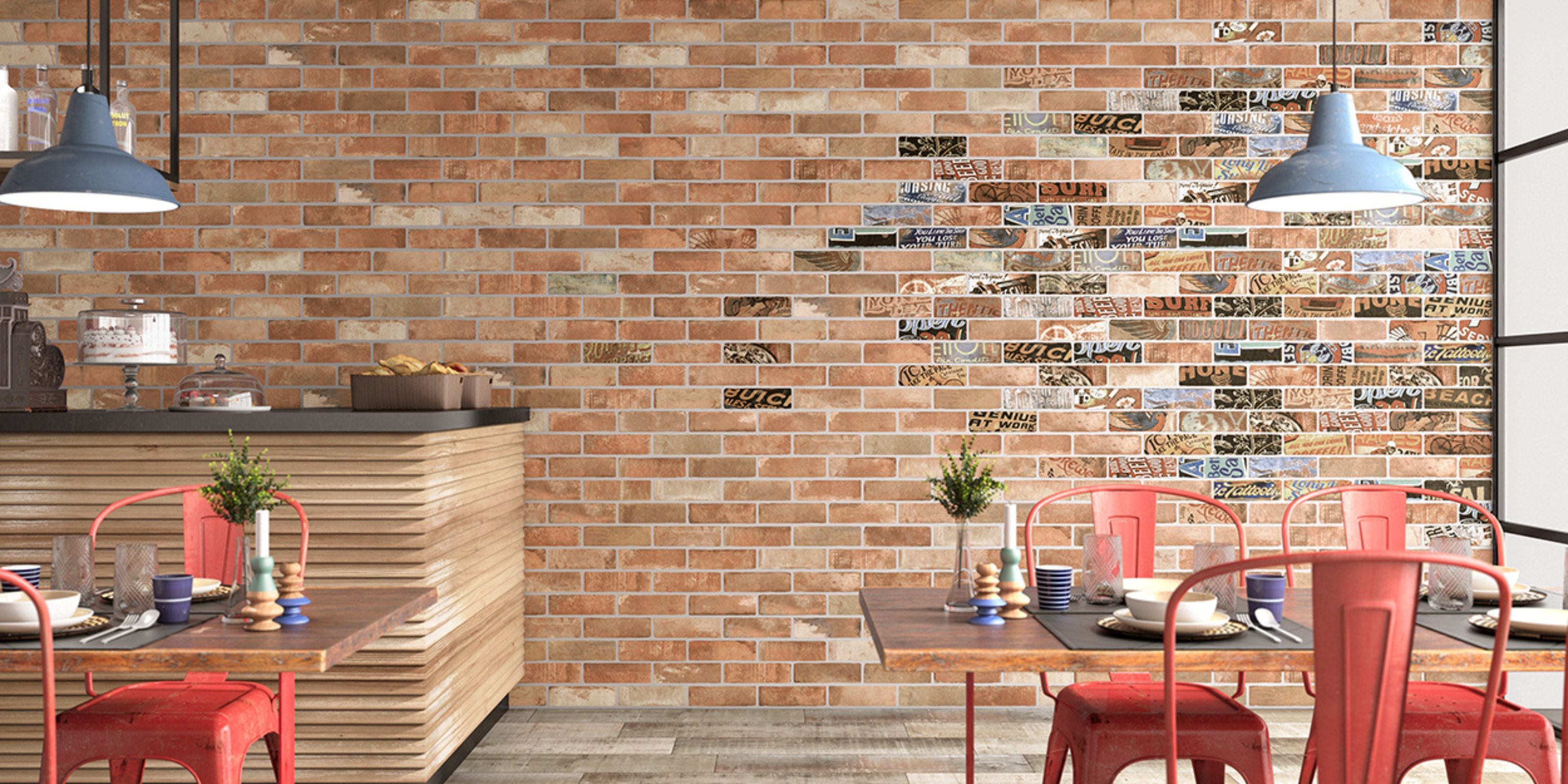
kitchen wall tiles represent a sophisticated engineering achievement in ceramic and porcelain tile manufacturing. These tiles are specifically designed to authentically replicate the appearance, texture, and visual depth of traditional brickwork while offering superior practical benefits for modern kitchen environments.
The manufacturing process employs advanced digital inkjet printing technology combined with 3D texturing techniques to create tiles that capture every nuance of real brick—from subtle colour variations to the rough, tactile surface that gives authentic brick its distinctive character. The result is a product that can not only looks like genuine brick but feel authentic to the touch, creating convincing exposed brick walls that enhance any kitchen design.
Unlike traditional brick installation, these tiles offer significant advantages for kitchen applications. They’re lighter weight, reducing structural demands on walls, and provide consistent sizing that eliminates the natural irregularities of real brick that can complicate installation. The controlled manufacturing process also allows for better colour coordination and quality consistency across your entire project.
The versatility of brick effect tiles makes them ideal for various kitchen applications. They excel as kitchen splashbacks, where their heat and moisture resistance protects walls while adding visual interest. Feature walls behind ranges or in open-plan kitchen areas benefit from the warm, textured appearance that creates natural focal points and defines cooking zones.
Types and Materials of Brick Effect Kitchen Tiles
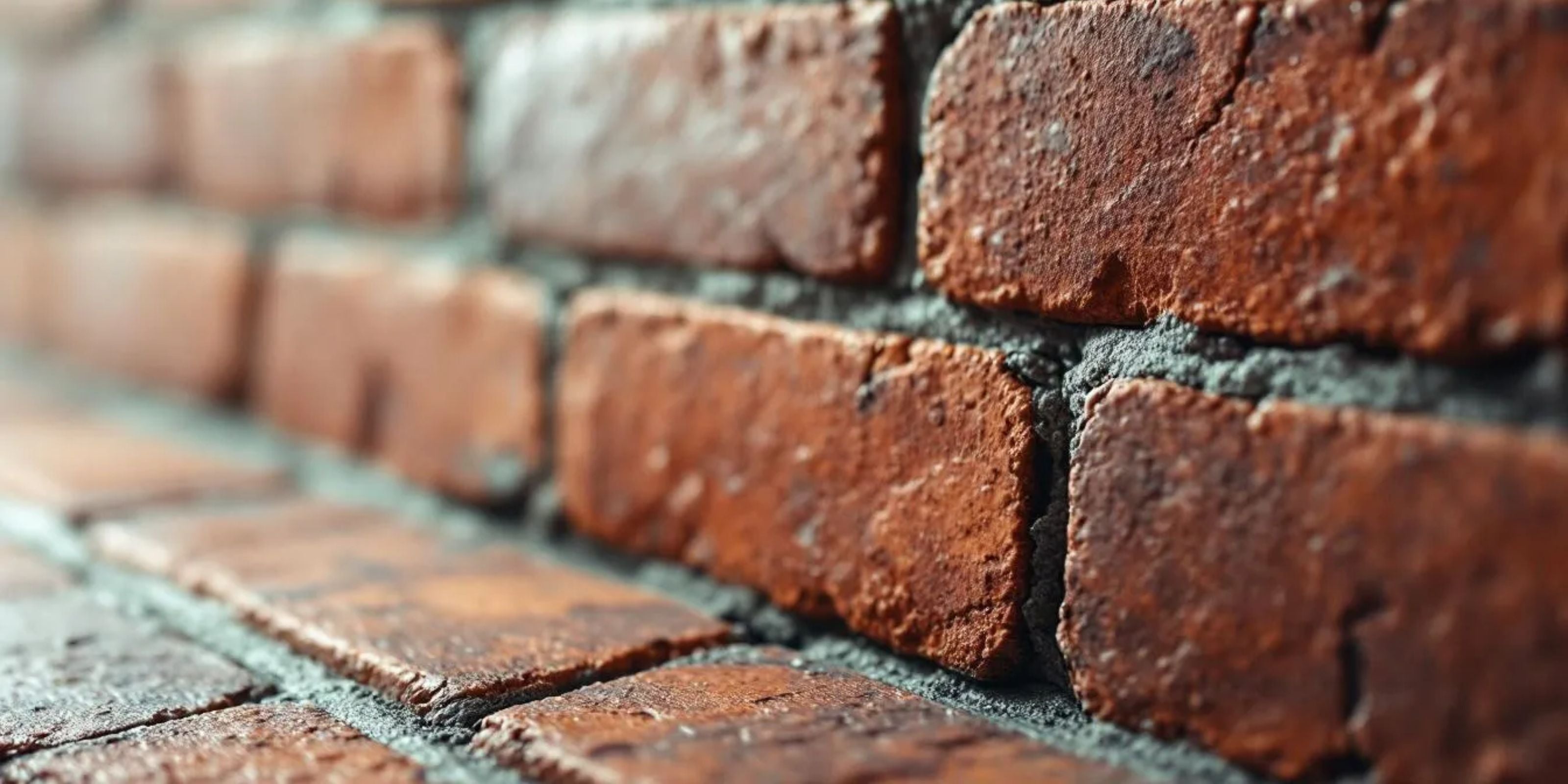
Understanding the different materials and formats available helps you choose the right brick effect tiles for your specific kitchen needs and budget considerations.
Porcelain Brick Effect Tiles
Durable porcelain represents the premium option in brick effect kitchen tiles. These tiles offer exceptional density and low porosity, making them highly resistant to moisture, stains, and temperature fluctuations, which are critical factors in busy kitchen environments. The manufacturing process creates tiles with superior strength and longevity, ideal for high-traffic areas and zones exposed to cooking splashes.
Porcelain brick tiles handle heat exceptionally well, making them perfect for installation behind cooktops, ovens, or even fireplaces. Their non-porous surface resists grease absorption and staining, while the hard wearing materials ensure they maintain their appearance even with daily use. The premium price point is offset by reduced maintenance requirements and exceptional durability over time.
Ceramic Brick Effect Tiles
Ceramic options provide an excellent balance of performance and affordability for kitchen applications. While not quite matching porcelain’s density, quality ceramic brick tiles still offer good moisture resistance and durability for wall applications. They’re typically easier to cut during installation, making them suitable for DIY projects or complex layout designs.
The cost-effectiveness of ceramic makes it possible to achieve the desired brick effect across larger areas without exceeding renovation budgets. For kitchen wall tiles and splashback applications where extreme durability isn’t essential, ceramic provides reliable performance with authentic brick aesthetics.
Design Styles and Finishes
The beauty of brick effect kitchen tiles lies in their incredible variety of styles, colours, and finishes that can complement any design vision from rustic farmhouse to sleek contemporary.
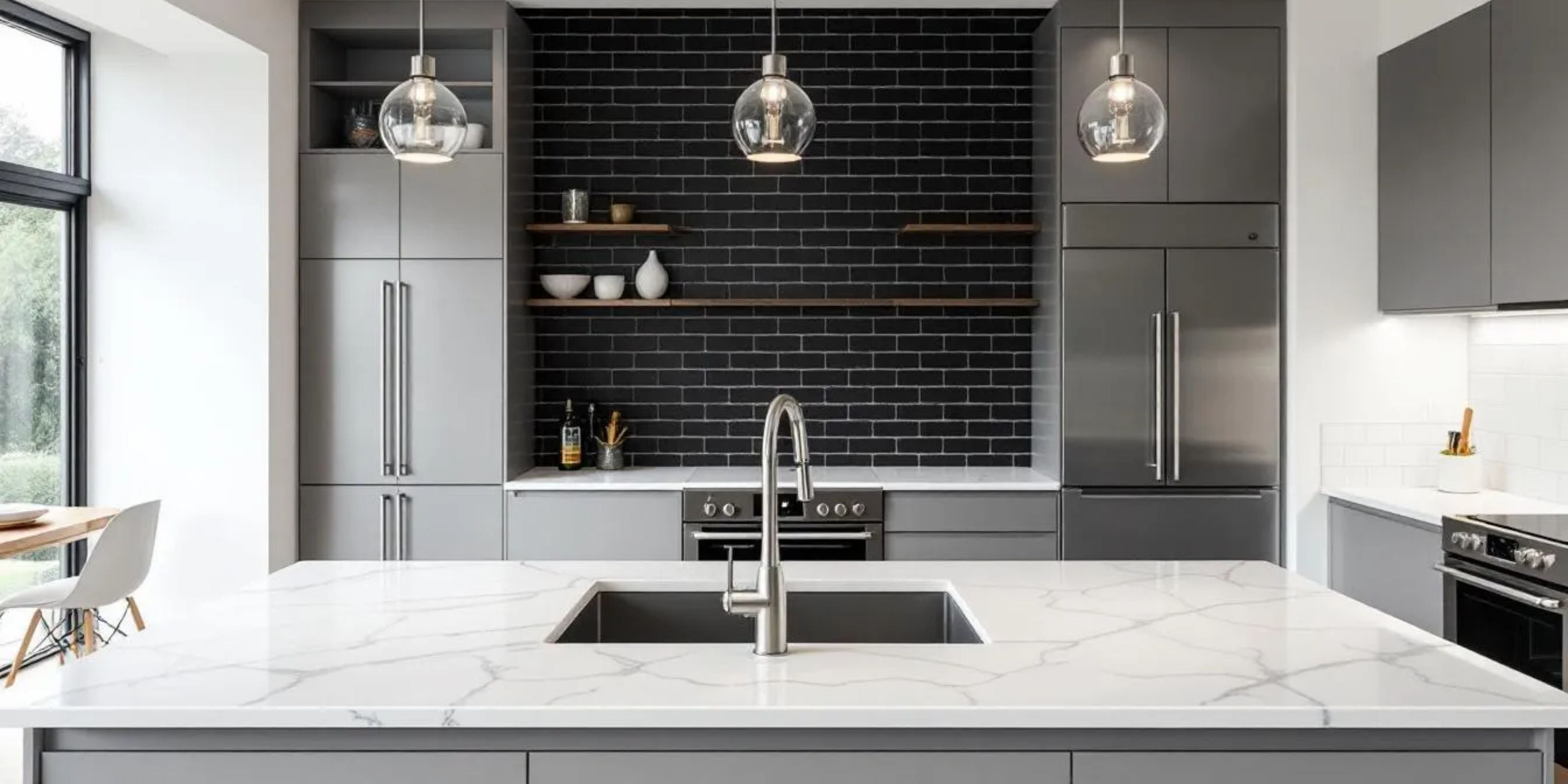
Classic Design Styles
Rustic brick effect tiles capture the weathered charm of reclaimed brickwork with natural colour variation, visible imperfections, and textured surfaces. These tiles work beautifully in farmhouse or industrial-style kitchens where character and authenticity take precedence. The irregular tones and textures create visual depth that makes spaces feel lived-in and welcoming.
Classic red brick styles honor traditional British and European brickwork heritage with warm, earthy tones ranging from deep terracotta to burnt orange. These colours create cozy, inviting atmospheres perfect for traditional kitchen designs. The timeless appeal ensures your kitchen will remain stylish for years to come.
White brick tiles have become increasingly popular in contemporary kitchen design. Clean white tones brighten spaces, create the illusion of larger rooms, and provide neutral backgrounds that work with virtually any colour scheme. The crisp, fresh appearance suits minimalist and Scandinavian-inspired designs while maintaining the textural interest of brick patterns.
Black brick effect tiles make bold statements in modern kitchen designs. The dramatic colour works exceptionally well for accent walls or feature areas behind kitchen islands. Black tiles can create sophisticated industrial aesthetics or serve as striking contrasts against white or light-coloured cabinetry.
Surface Finishes
Matt finishes provide the most authentic brick appearance with natural, low-sheen surfaces that closely mimic real brick texture. These finishes are excellent at hiding water spots and fingerprints, making them practical choices for busy kitchens. The subdued finish creates warm, inviting atmospheres perfect for family kitchens.
Polished finish options offer superior cleaning ease and light reflection that can brighten kitchen spaces. While less authentic-looking than matt alternatives, glossy surfaces resist staining and wipe clean effortlessly—ideal characteristics for splashback applications behind sinks and cooktops.
Textured surfaces achieved through 3D molding and printing create the most convincing brick effect. These tiles feature physical depth and surface variation that closely replicate real brick texture. The enhanced tactile quality adds sensory richness to kitchen environments while maintaining practical benefits.
Colour Options and Trends
Contemporary brick effect tiles offer beautiful colours far beyond traditional red brick options. Neutral palettes including cream, beige, and soft grey provide versatile foundations that coordinate with various cabinet colours and design styles. These adaptable tones work particularly well in open-plan kitchens where consistency with adjacent living spaces is important.
Mixed colour collections within single tile ranges simulate the natural heterogeneity of aged brick walls. These varied tones create authentic weathered appearances perfect for rustic or vintage-inspired kitchen designs. The colour variation adds visual interest without requiring complex installation patterns.
Current trends for 2025 favor weathered blues, charcoal tones, and rich earth colours that bring depth and sophistication to kitchen spaces. These contemporary colour choices work especially well in industrial or modern farmhouse designs where character and style intersect.
Installation Patterns and Layouts
The pattern you choose for your brick effect kitchen tiles dramatically influences the overall aesthetic and can alter the perceived proportions of your space.
Traditional Patterns
Running bond represents the classic brick laying pattern with each row offset by half a tile length. This traditional approach creates authentic brick wall appearance and works beautifully for both splashbacks and feature walls. The pattern’s familiarity makes it suitable for any kitchen style while providing visual movement and interest.
Stacked bond aligns tiles in perfect grid patterns with continuous vertical and horizontal grout lines. This modern approach creates clean, geometric appearances ideal for contemporary kitchen designs. This layout, while not suitable for real structural walls, makes a striking choice for indoor walls featuring bold colours.
Contemporary Layouts
Herringbone pattern arranges rectangular tiles in sophisticated zigzag formations that add energy and visual movement to kitchen walls. This pattern works exceptionally well for creating focal points behind ranges or in dining areas. The complex appearance elevates simple tile selections and creates upscale design impressions.
Basket weave alternates horizontal and vertical tile pairs to create textured, woven appearances. This pattern adds complexity and visual interest while maintaining the authentic brick character. The varied orientation creates shadow play that enhances the three-dimensional effect of textured tiles.
Planning your layout requires careful consideration of tile dimensions, wall proportions, and transitions to other kitchen finishes. Starting with centerlines and working outward ensures balanced appearances, while planning cuts at corners minimizes visible partial tiles.
Kitchen Applications and Uses
Brick effect kitchen tiles excel in multiple applications throughout culinary spaces, each offering unique benefits and design opportunities.
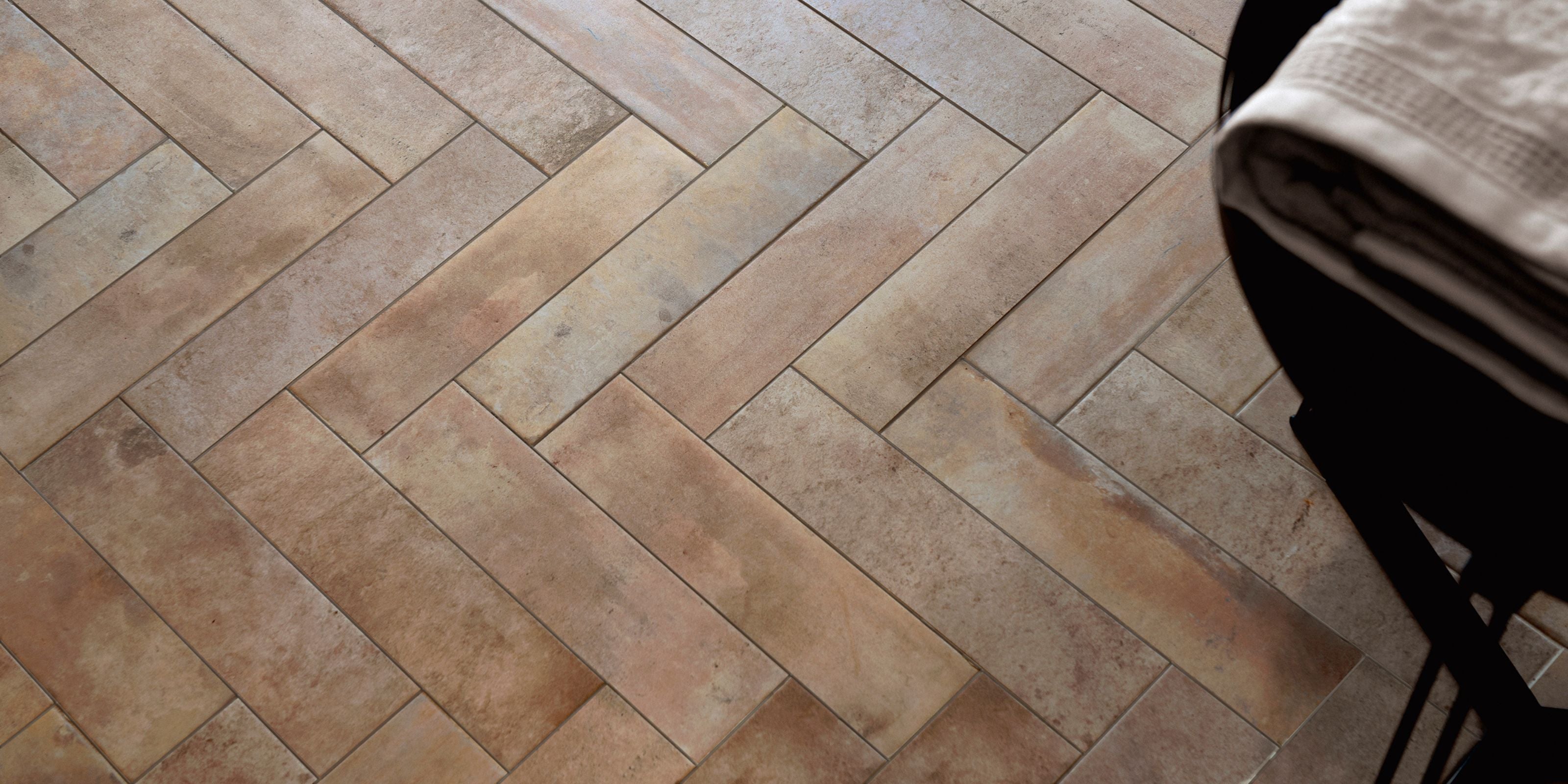
Splashback Applications
Kitchen splashbacks represent the most popular application for brick effect tiles, protecting walls behind cooktops, sinks, and food preparation areas from moisture, heat, and cooking splashes. The tiles’ resistance to staining and ease of cleaning make them ideal for these high-activity zones.
When selecting tiles for splashback use, consider gloss finishes for maximum cleaning ease, though matt finishes can work well with proper sealing. The textural interest of brick effect creates visual appeal that elevates functional areas into design features. Standard heights range from 60cm to full wall coverage depending on design preferences and practical needs.
Feature Walls
Feature walls using brick effect tiles create stunning focal points in open-plan kitchen and dining areas. These installations work particularly well behind ranges, in breakfast nook areas, or as accent walls that define kitchen zones within larger spaces. The warm, textural quality of brick effect adds character and depth that plain painted walls cannot match.
Large format tiles work exceptionally well for feature walls, creating seamless appearances with minimal grout lines. The reduced visual interruption allows the brick texture and colour to dominate while maintaining clean, contemporary aesthetics.
Island and Peninsula Applications
Kitchen islands and peninsulas benefit from brick effect tile treatments on their outward-facing surfaces. These applications add visual weight and character to freestanding elements while tying them visually to other kitchen design elements. The tile treatment can extend from floor level to countertop height or create accent bands at specific heights.
Full Wall Coverage
In industrial or loft-style kitchens, full wall coverage with brick effect tiles creates dramatic, cohesive environments reminiscent of converted warehouse spaces. This comprehensive approach works best in larger kitchens where the extensive brick effect won’t overwhelm the space. Mixing different tones or textures within the same tile range can create authentic aged brick wall appearances.
Installation and Maintenance
Proper installation ensures your brick effect kitchen tiles deliver lasting beauty and performance while minimizing long-term maintenance requirements.
Installation Considerations
Surface preparation forms the foundation of successful tile installation. Walls must be flat, clean, stable, and properly primed to ensure strong adhesive bonds. Any irregularities or damage should be repaired before beginning tile work, as these issues will telegraph through the finished installation.
Adhesive selection varies by tile material and application area. Durable porcelain tiles typically require flexible, polymer-modified adhesives that accommodate slight movement without compromising bond strength. Ceramic tiles generally work well with standard tile adhesives, though premium products offer enhanced performance and easier application.
Layout planning becomes critical for achieving professional results, particularly with patterned installations like herringbone or basket weave. Starting with centerlines and establishing reference points prevents accumulating errors that result in uneven patterns or awkward cuts at room perimeters.
Grout selection significantly impacts both appearance and maintenance requirements. Colour-matching grout creates unified surfaces that emphasize tile texture over pattern, while contrasting grout highlights individual tiles and pattern geometry. For kitchen applications, epoxy-based grouts offer superior stain resistance and easier cleaning than traditional cement-based options.
Maintenance Requirements
Daily cleaning of brick effect kitchen tiles requires only basic care with pH-neutral cleaners or diluted dish soap and water. The smooth surfaces of quality tiles resist staining and wipe clean easily, making them more practical than genuine brick for kitchen use. Heavily textured surfaces may require slightly more attention to prevent grease accumulation in surface depressions.
Long-term maintenance focuses primarily on grout care and protection. Annual sealing of grout lines prevents moisture penetration and staining, particularly important in kitchen environments where food and cooking oils can cause permanent discolouration. Quality sealers also make routine cleaning easier by preventing absorption of spills and splashes.
Professional installation ensures optimal results for complex patterns or large-format tiles, while straightforward running bond patterns suit DIY installation with proper preparation and tools. The investment in professional installation often pays dividends in appearance quality and long-term performance.
Design Coordination and Styling
Successfully integrating brick effect kitchen tiles requires thoughtful consideration of how they interact with other kitchen elements to create cohesive, intentional design schemes.
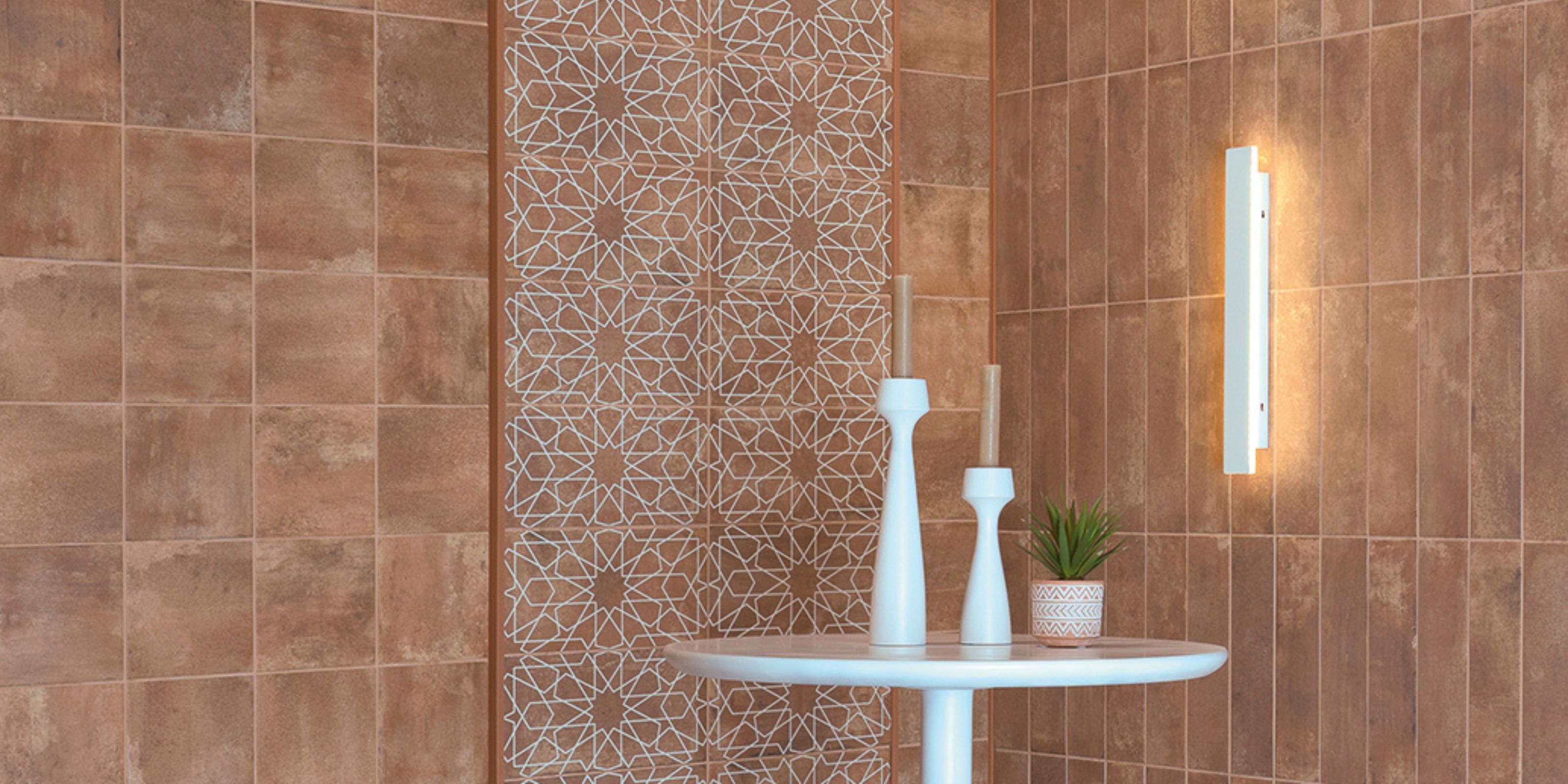
Cabinet Coordination
Modern kitchen cabinets in white, grey, or natural wood finishes create striking contrasts with brick effect tiles that highlight both elements. Clean-lined contemporary cabinetry benefits from the textural warmth that brick effect provides, softening stark modern aesthetics while maintaining sophisticated appearances.
Traditional shaker-style cabinets pair beautifully with brick effect tiles, creating cohesive country or farmhouse aesthetics. Natural wood finishes, whether oak, walnut, or painted options, complement the earthy tones and organic textures of brick effect surfaces.
Bold cabinet colours like navy, forest green, or charcoal create dramatic combinations with white or neutral brick effect tiles. These high-contrast pairings work particularly well in contemporary designs where visual impact takes precedence.
Countertop Combinations
Natural stone countertops including granite and marble coordinate beautifully with brick effect tiles, creating rich material palettes that feel organic and timeless. The varied textures and natural colour variations complement each other while providing visual interest through contrast.
Engineered quartz surfaces offer consistent colours and patterns that provide calm backgrounds for textured brick effect walls. The smooth, uniform appearance balances the organic irregularity of brick textures without competing for visual attention.
Butcher block and natural wood countertops enhance rustic or farmhouse aesthetics when paired with appropriate brick effect tiles. The warm wood tones complement earthy brick colours while adding natural character that feels authentic and welcoming.
Lighting Considerations
Under-cabinet LED lighting dramatically enhances brick effect tile installations by creating shadow play that emphasizes texture and depth. The angled light reveals surface variations and creates dynamic visual effects that change throughout the day as natural light conditions evolve.
Pendant lights over kitchen islands or dining areas can complement brick effect feature walls by creating layered lighting schemes. The warm light reflects off textured surfaces, creating inviting atmospheres perfect for gathering and entertaining.
Task lighting focused on work areas ensures adequate illumination for food preparation while highlighting the beauty of brick effect splashbacks. Proper lighting planning prevents shadows that could interfere with kitchen functionality.
Hardware and Fixtures
Industrial-style hardware in matte black or aged brass complements rustic brick effect tiles while supporting cohesive design themes. The metal finishes bridge traditional brick aesthetics with contemporary functionality.
Brushed stainless steel fixtures work well with neutral or white brick effect tiles, creating clean, professional appearances suitable for modern kitchen designs. The cool metal tones provide subtle contrast without overwhelming textural elements.
Vintage-inspired fixtures and hardware enhance traditional brick effect installations, creating authentic period aesthetics that feel carefully curated rather than randomly assembled.
Advantages of Brick Effect Kitchen Tiles
The practical and aesthetic benefits of brick effect kitchen tiles make them compelling choices for modern kitchen design and renovation projects.
Maintenance Benefits
Easy cleaning represents perhaps the greatest advantage of brick effect tiles over genuine brick surfaces. The sealed, non-porous surfaces resist grease absorption and staining while wiping clean with standard household cleaners. This practical benefit proves invaluable in busy kitchen environments where spills and splashes occur regularly.
Unlike real brick, which requires periodic repointing and sealing, brick effect tiles maintain their appearance with minimal intervention. The consistent quality and controlled manufacturing eliminate issues like flaking mortar or crumbling brick that can create ongoing maintenance challenges.
Installation Advantages
Lightweight construction reduces structural demands on walls, making brick effect tiles suitable for applications where real brick would require additional support. This characteristic proves particularly valuable in apartment buildings or homes where structural modifications aren’t feasible.
Consistent sizing eliminates the natural variations found in real brick that can complicate installation and pattern alignment. The precision manufacturing ensures clean, professional appearances that would be difficult to achieve with salvaged or traditional bricks.
Design Flexibility
The wide variety of colours, sizes, and finishes available in brick effect tiles far exceeds options in natural brick. This diversity enables precise colour coordination with existing kitchen elements while achieving specific aesthetic goals.
Heat and moisture resistance superior to many natural materials makes brick effect tiles ideal for kitchen environments. The tiles handle temperature fluctuations, humidity, and direct water exposure without degradation or damage.
Cost Benefits
Lower initial costs compared to genuine brick installation make brick effect tiles accessible for more renovation budgets. The elimination of structural work, specialized masonry labor, and extended installation time reduces project complexity and expense.
Long-term cost savings through reduced maintenance requirements and superior durability make brick effect tiles excellent value propositions. The initial investment provides decades of performance with minimal ongoing costs.
FAQ
Are brick effect tiles suitable for kitchen splashbacks?
Yes, brick effect tiles excel in splashback applications, especially durable porcelain options with proper grout sealing. Their heat and moisture resistance, combined with easy cleaning properties, make them ideal for protecting walls behind cooktops and sinks while adding visual appeal.
Can brick effect tiles be used behind cooktops?
Porcelain brick effect tiles handle heat exceptionally well and are perfect for installation behind cooktops and ovens. Their non-porous surface resists heat damage while the textural appearance creates attractive focal points in cooking areas.
How do I clean grout lines on brick effect tiles?
Use pH-neutral grout cleaners for routine maintenance and apply grout sealer annually to prevent staining. For deep cleaning, specialized grout cleaning products can remove accumulated grease and food residue. Proper sealing makes ongoing maintenance much easier.
What size brick effect tiles work best in small kitchens?
Smaller metro tiles (75x150mm) or medium formats prevent overwhelming compact spaces visually. These proportions maintain authentic brick character while creating appropriate scale relationships with kitchen fixtures and cabinetry in limited areas.
Do brick effect tiles add value to a kitchen renovation?
Yes, quality brick effect tile installations provide durable, stylish surfaces that appeal to buyers and enhance perceived value. The timeless aesthetic and practical benefits make them sound renovation investments that can differentiate your home in competitive markets.
Can I install brick effect tiles myself?
Basic running bond patterns are suitable for DIY installation with proper preparation, tools, and basic tiling skills. However, complex layouts like herringbone or large-format installations often benefit from professional expertise to ensure optimal results and warranty protection.
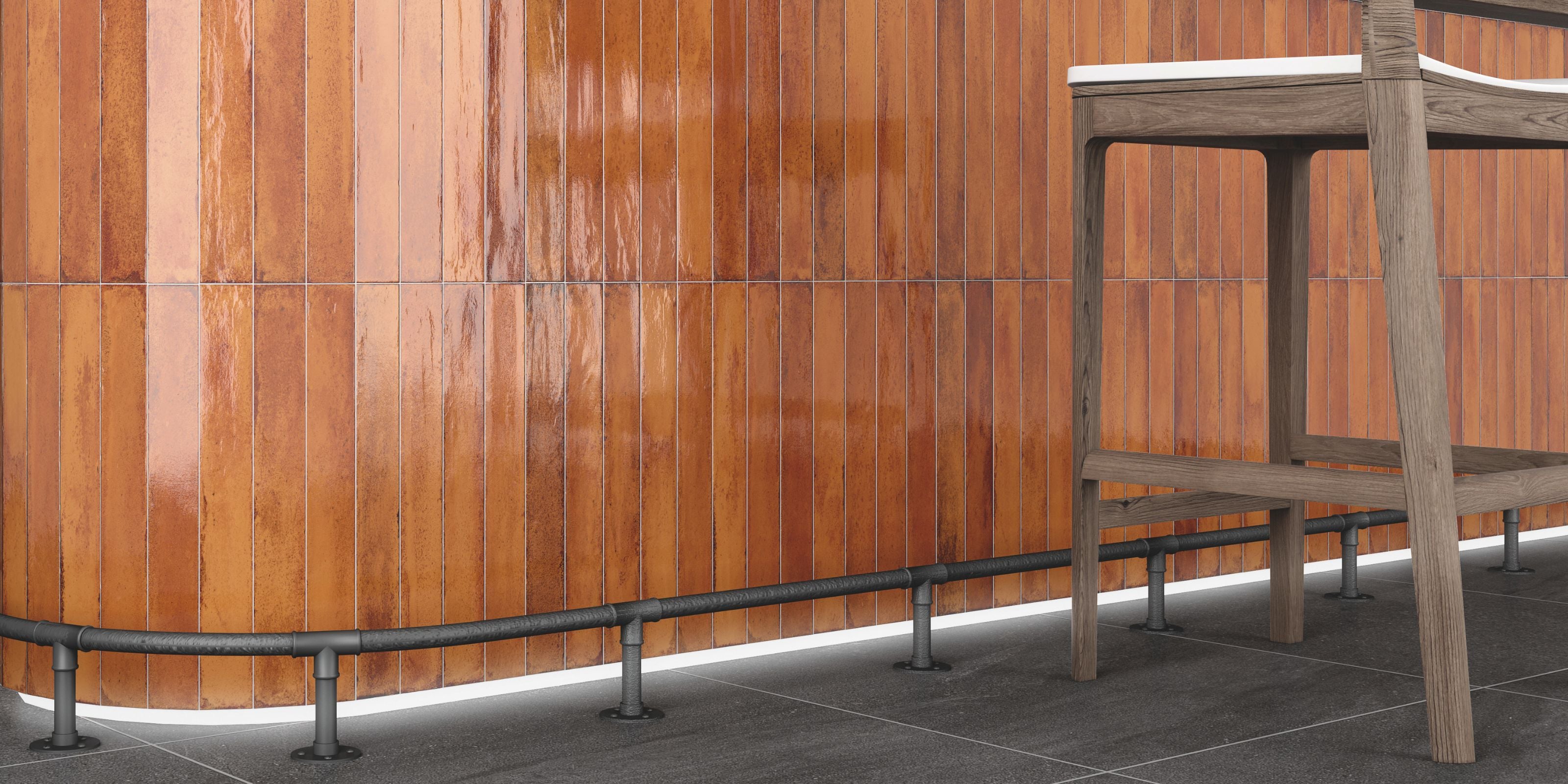
Transform your kitchen into a space that perfectly balances authentic character with modern functionality. Brick effect kitchen tiles offer the timeless appeal of exposed brick with practical benefits that make them ideal for today’s busy lifestyles. Whether you choose classic red tones for warmth, crisp white for brightness, or dramatic black for impact, these versatile tiles provide endless possibilities for creating your dream culinary space.
Ready to discover the perfect brick effect tiles or other kitchen tiles for your kitchen renovation? Browse our extensive range of styles, colours, and sizes to find the ideal match for your design vision and budget. Your stylish, easy-to-maintain kitchen awaits.


